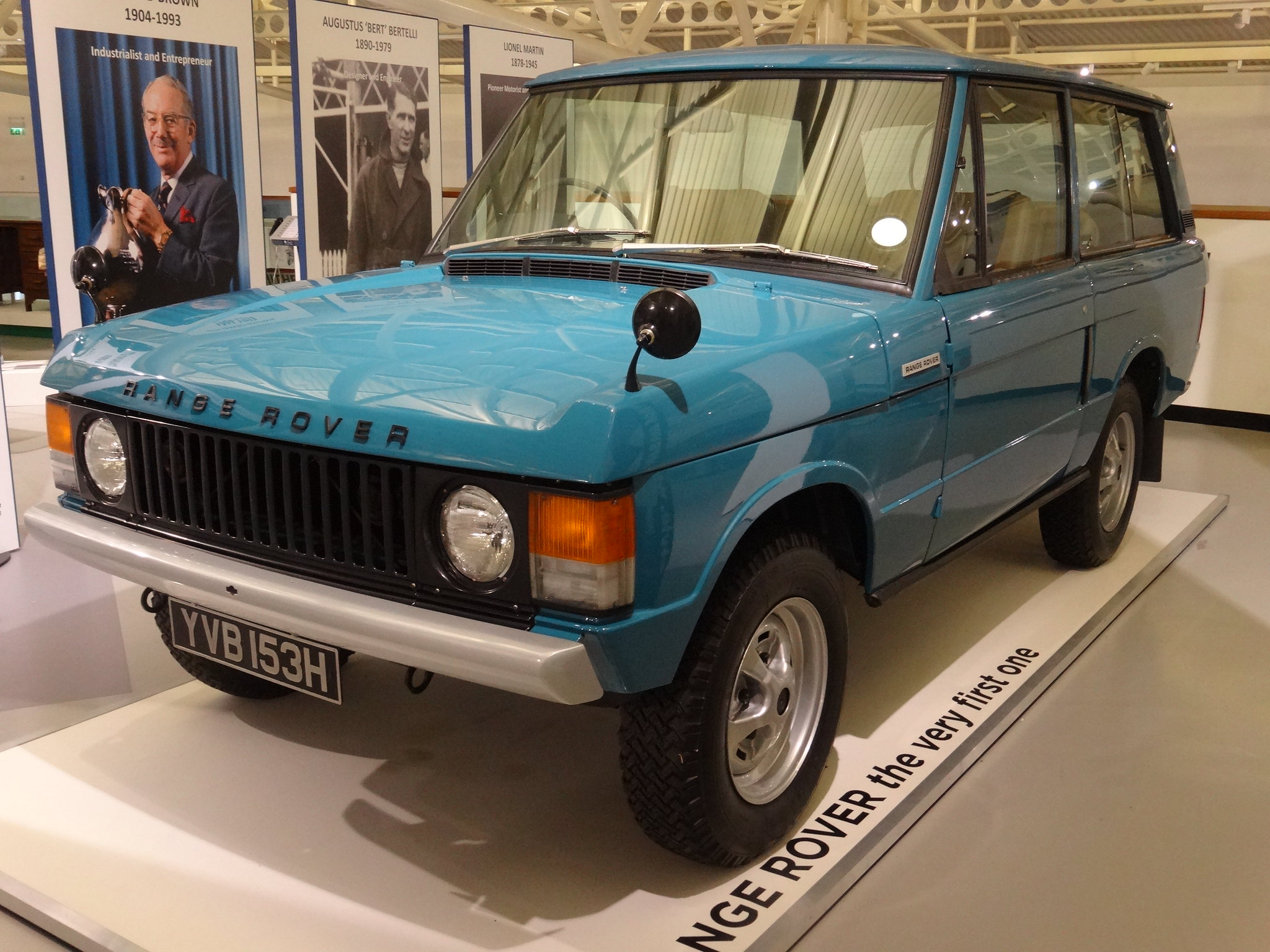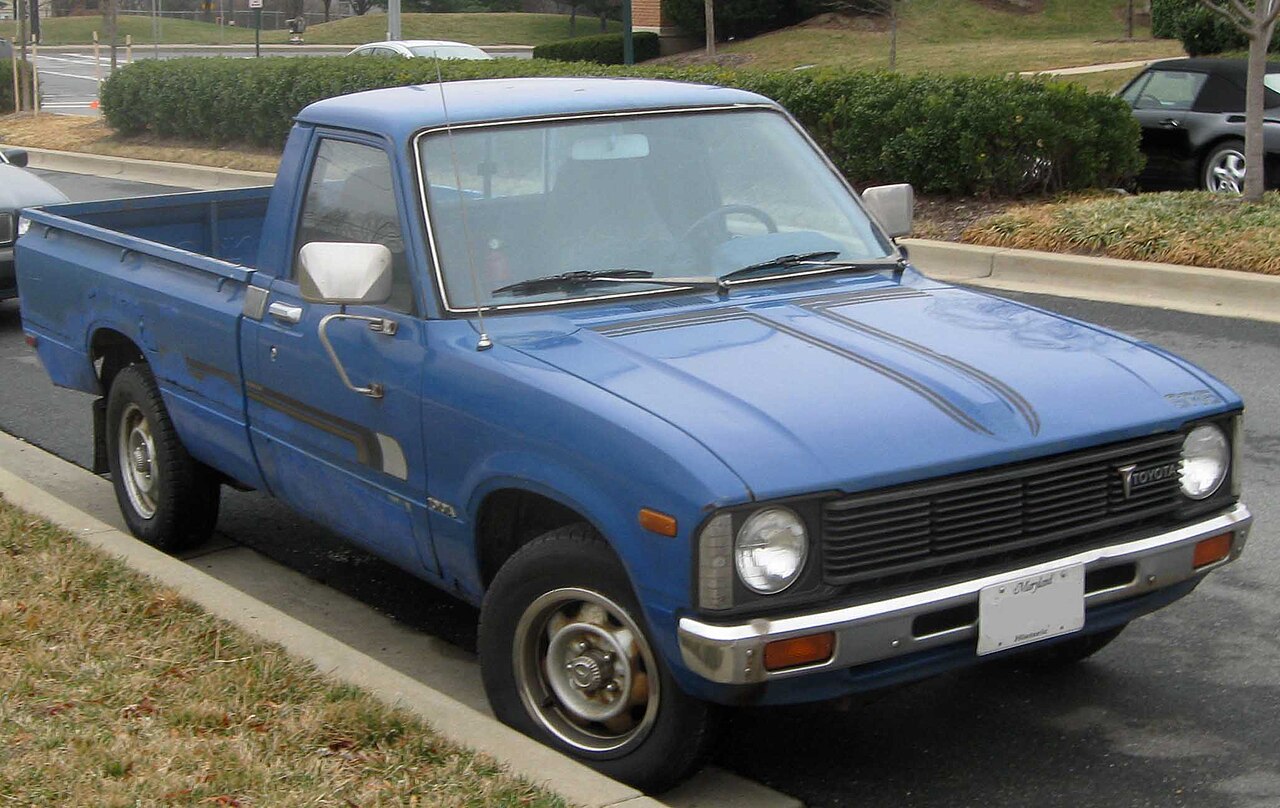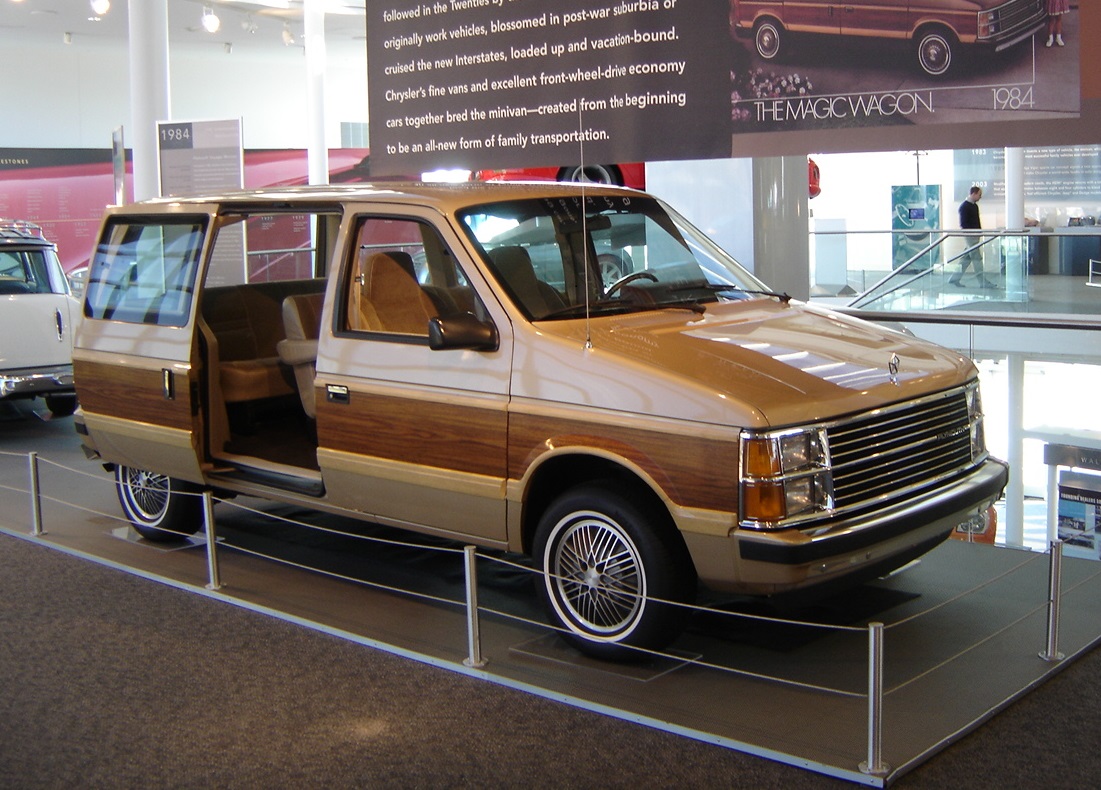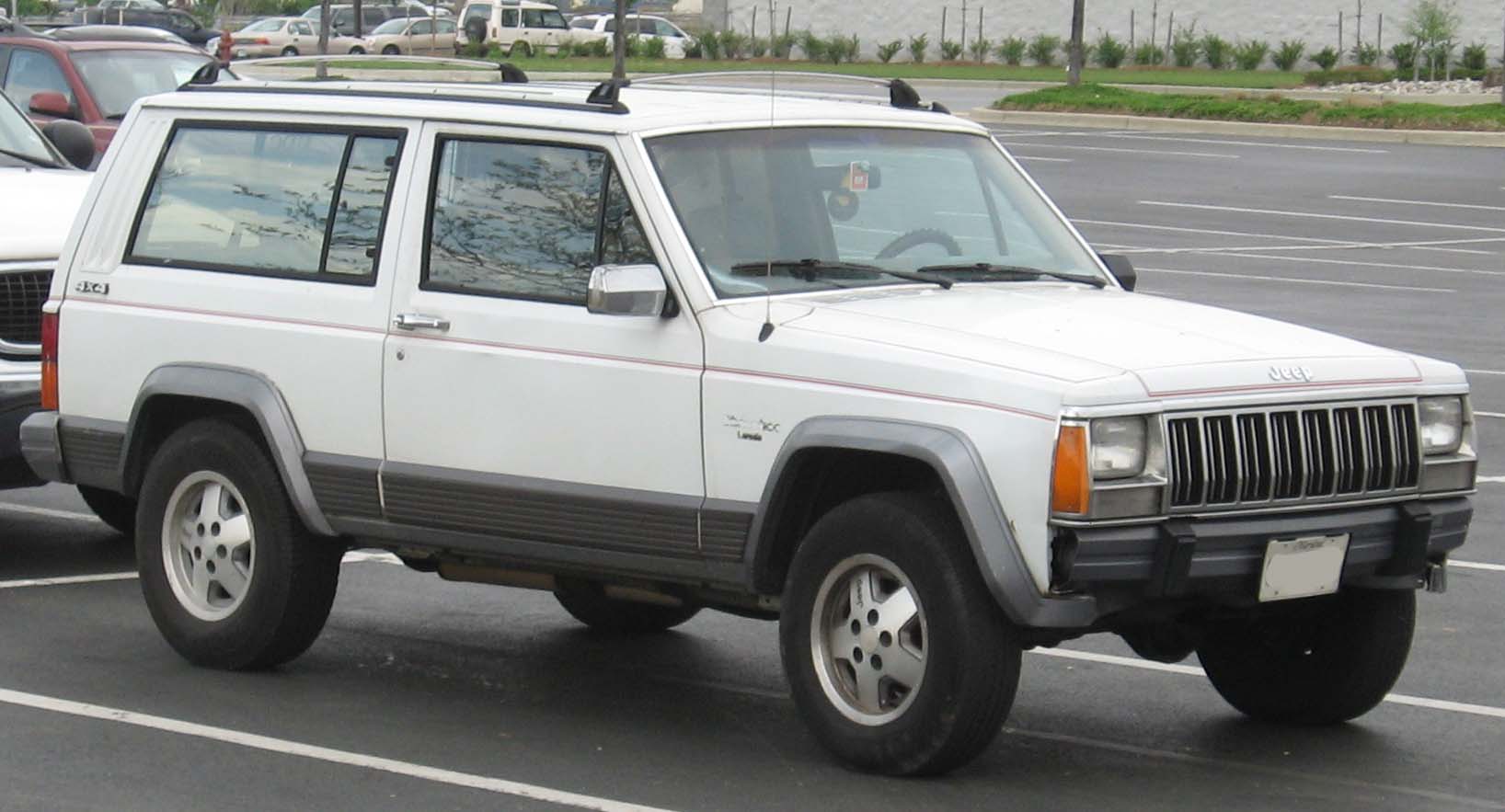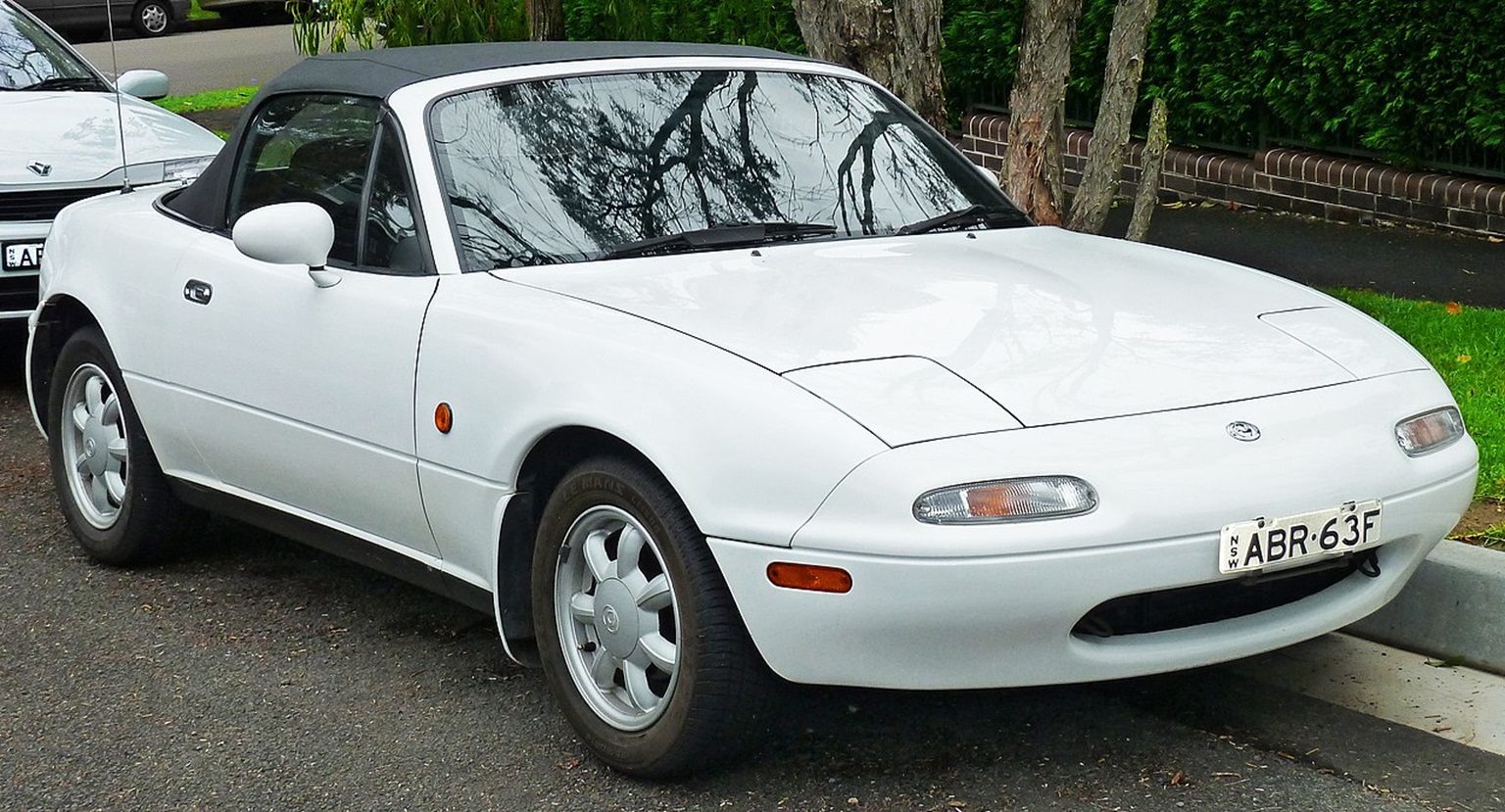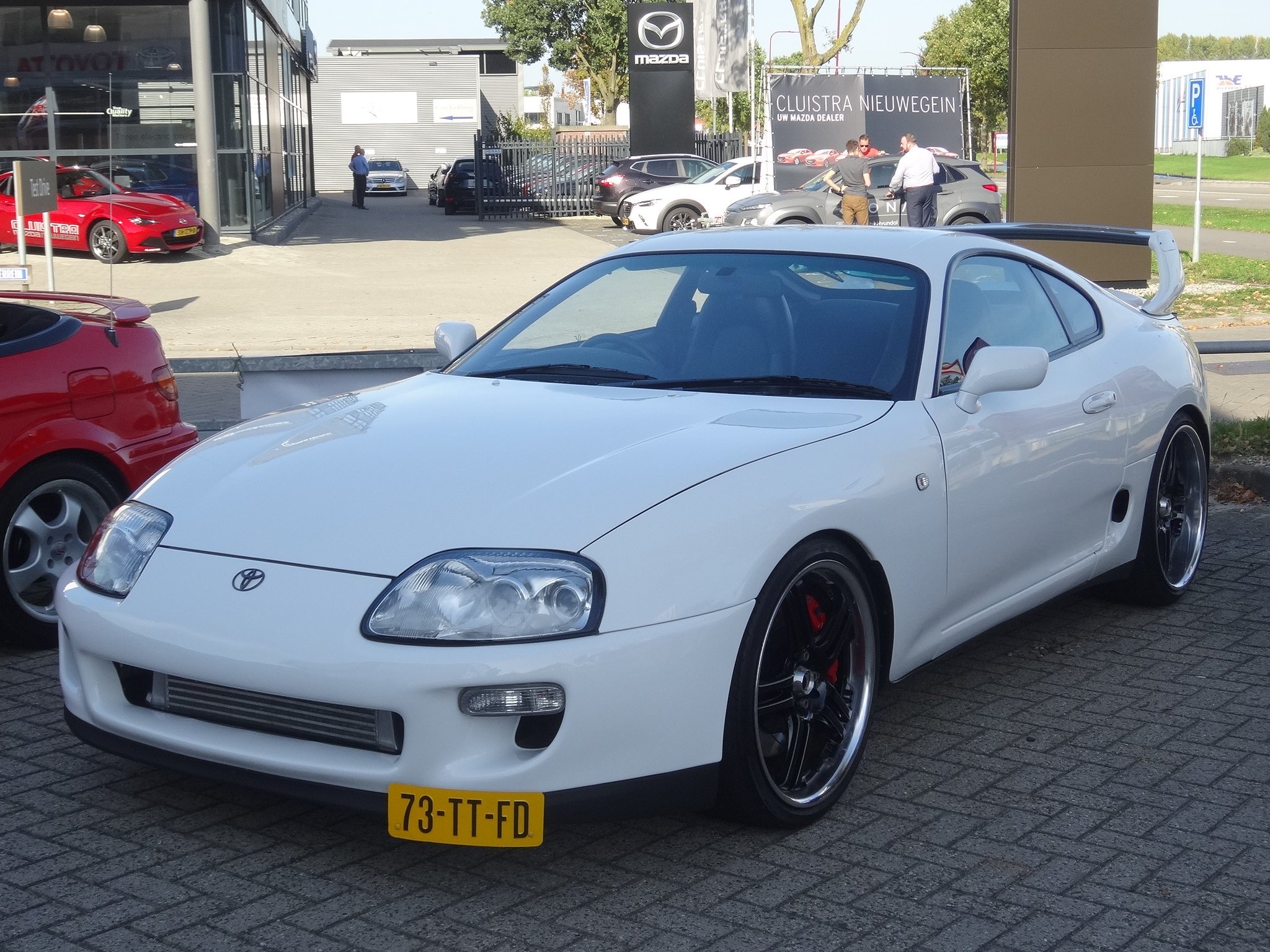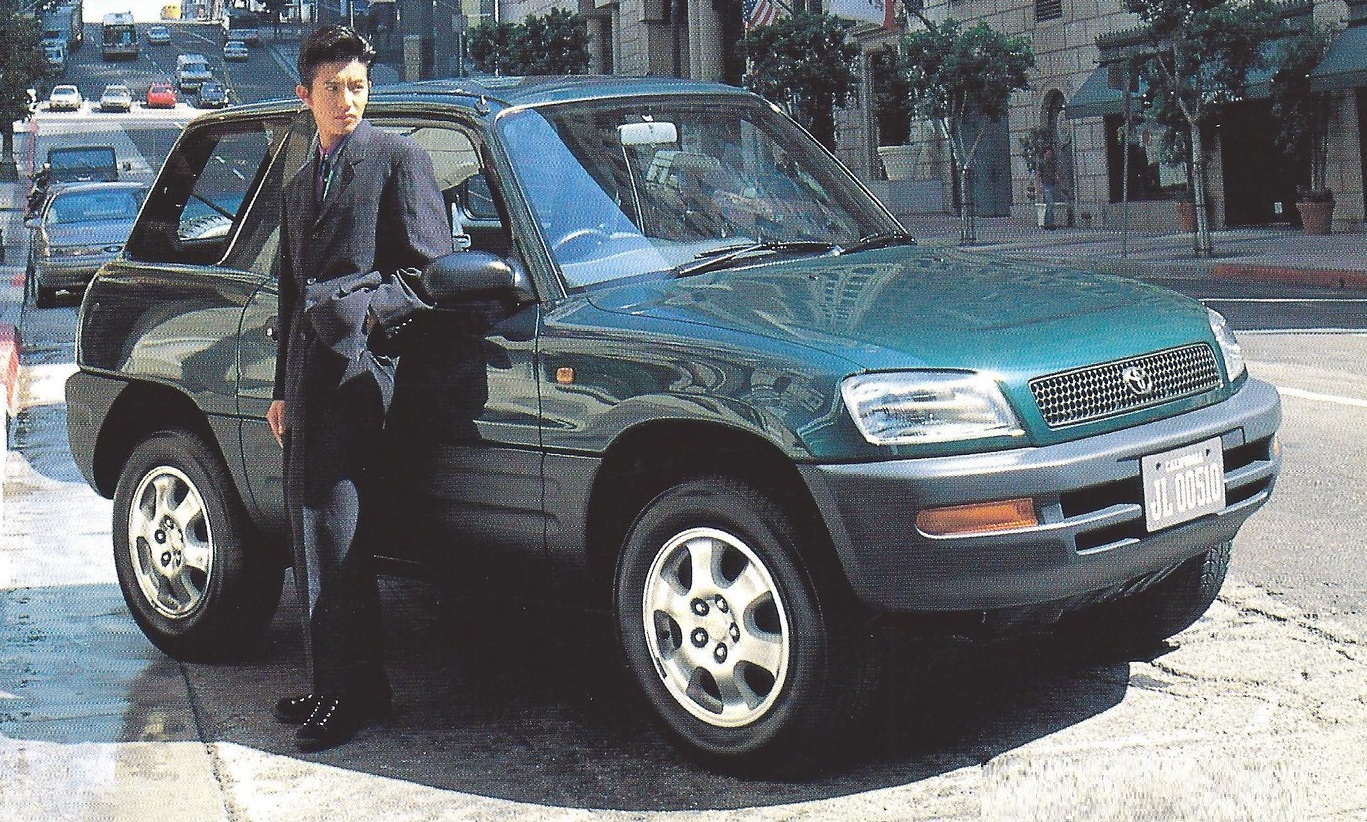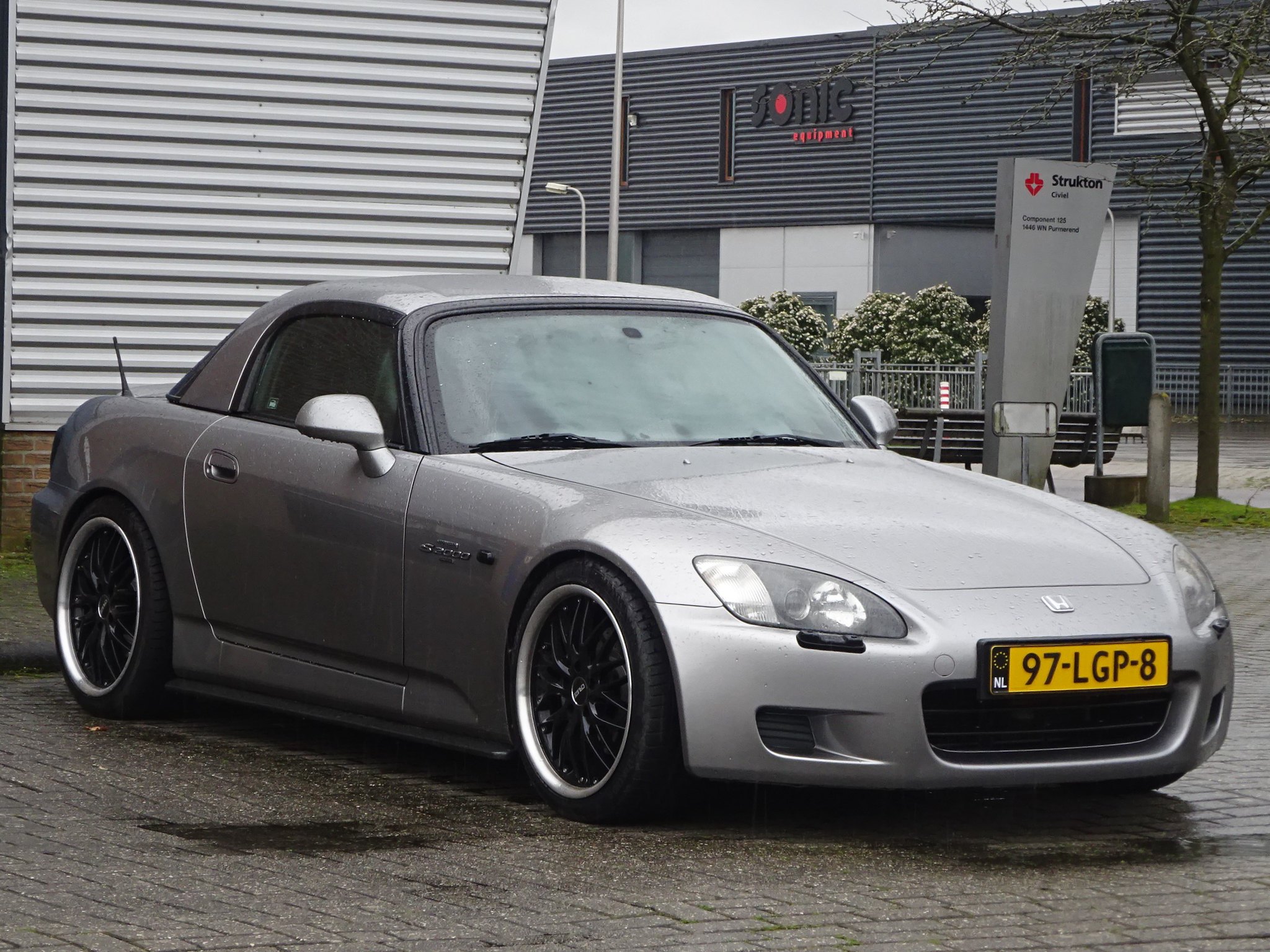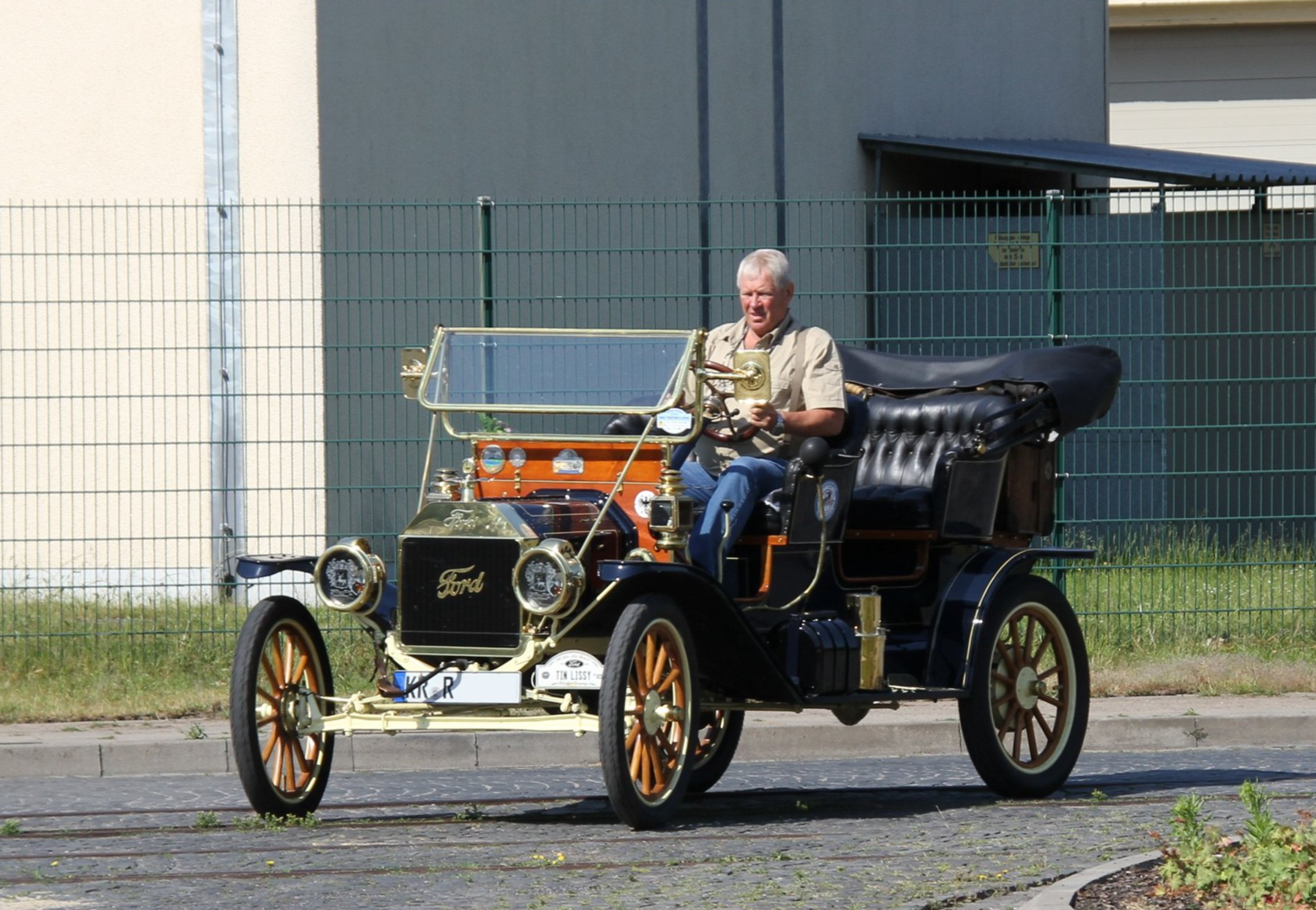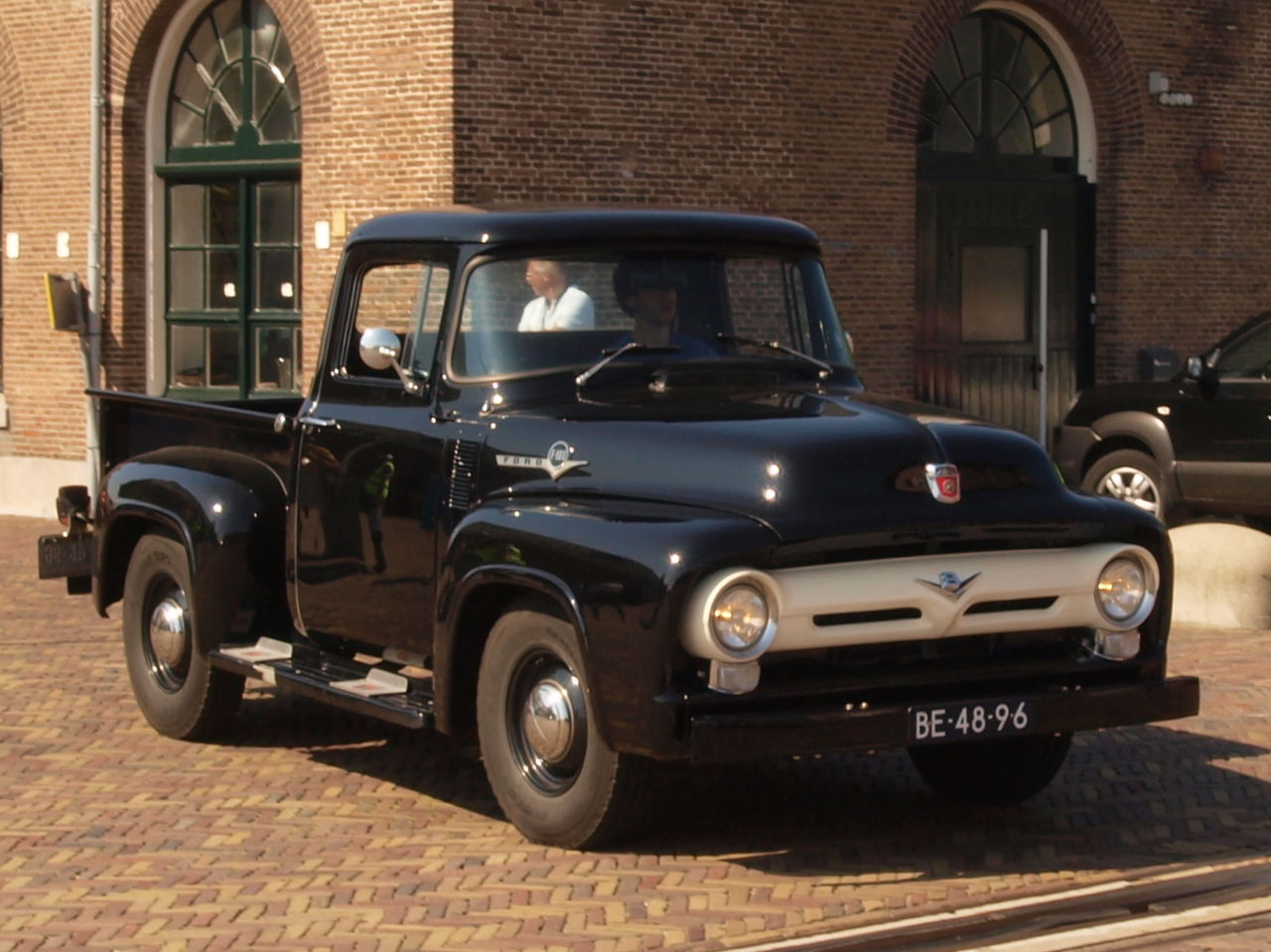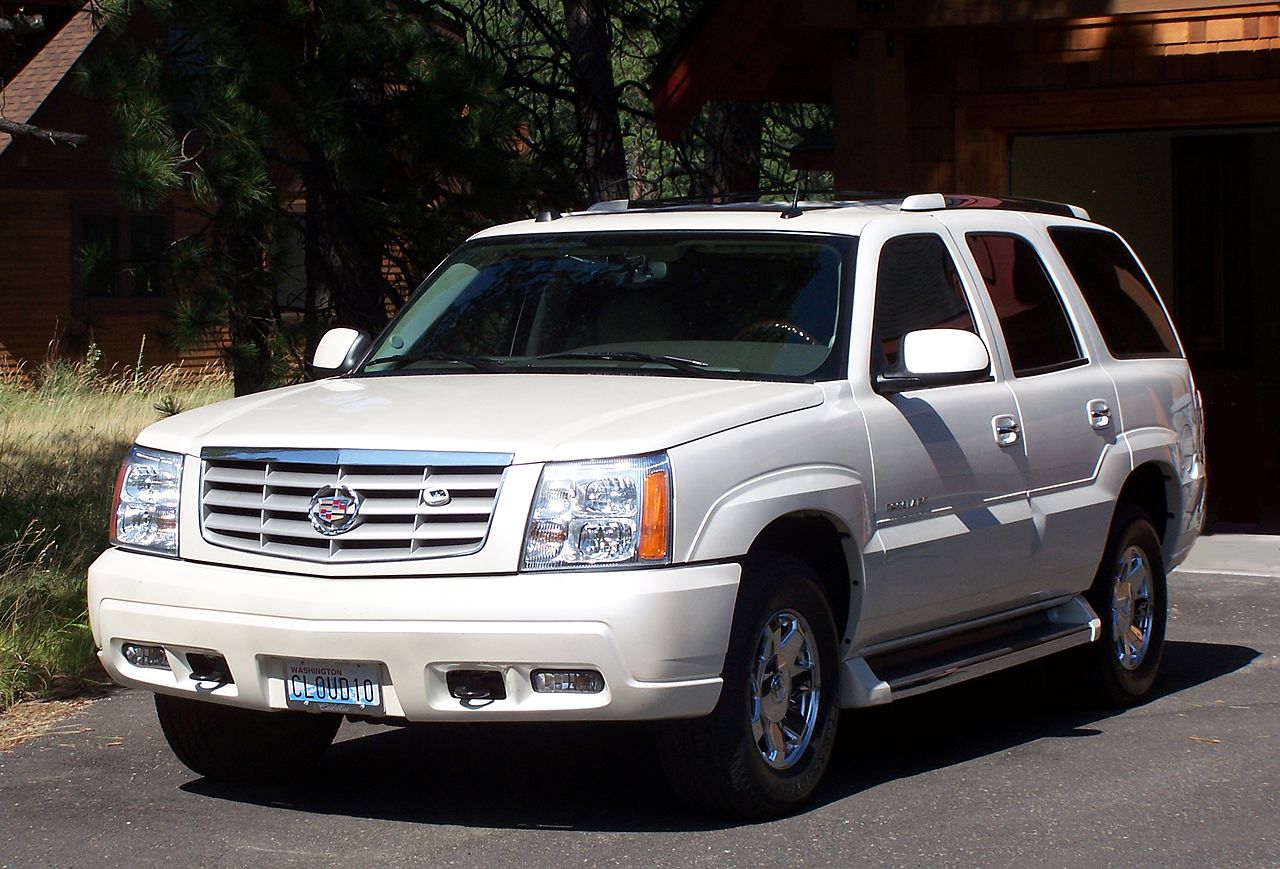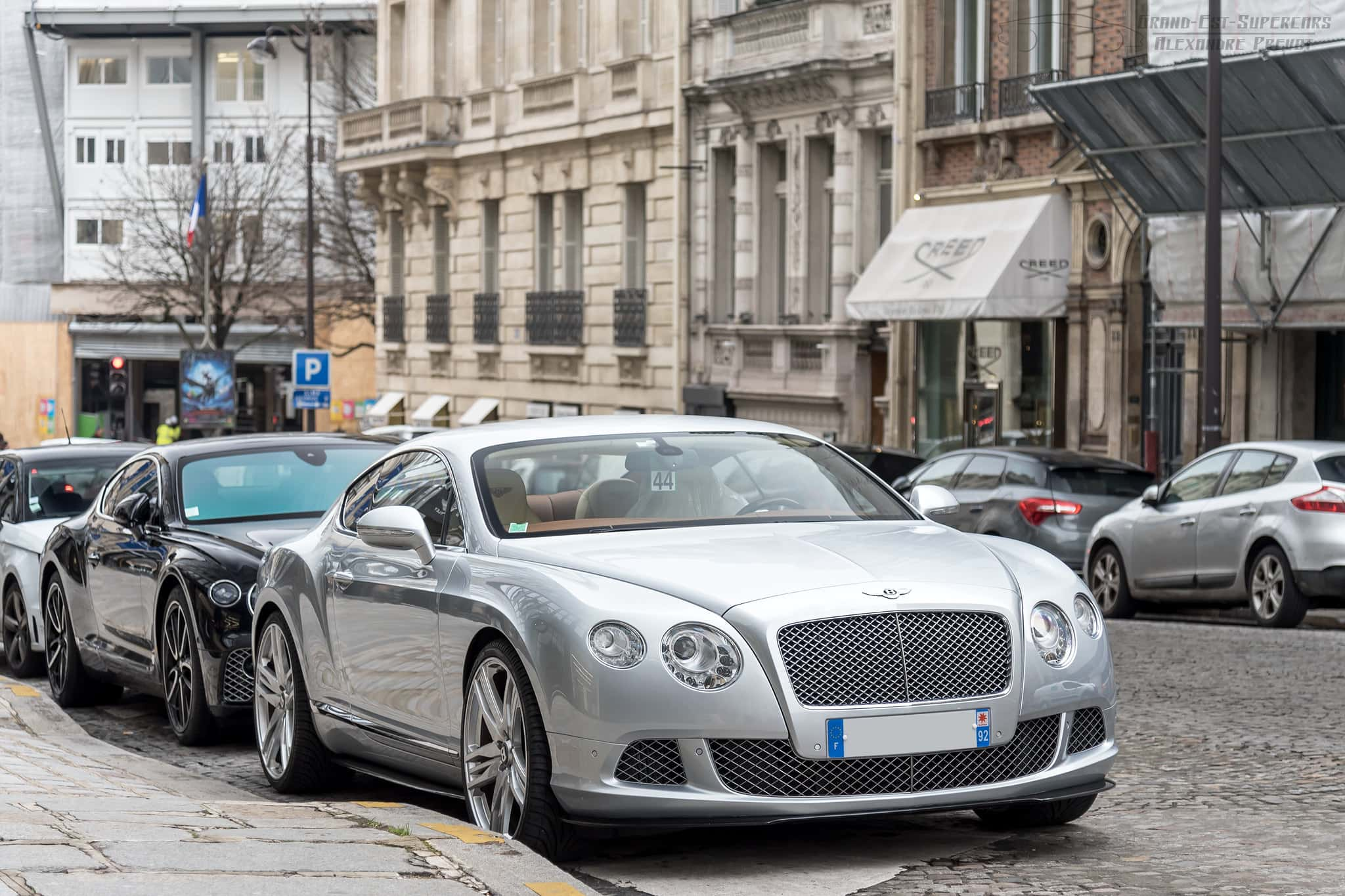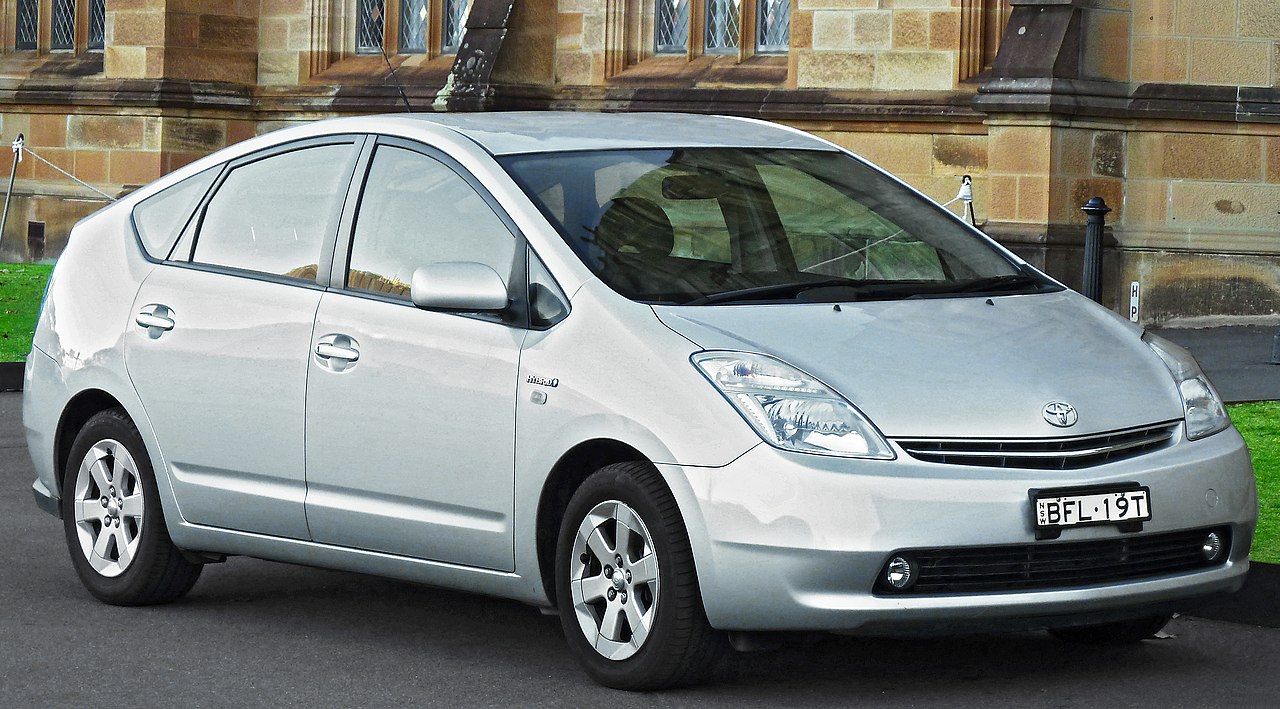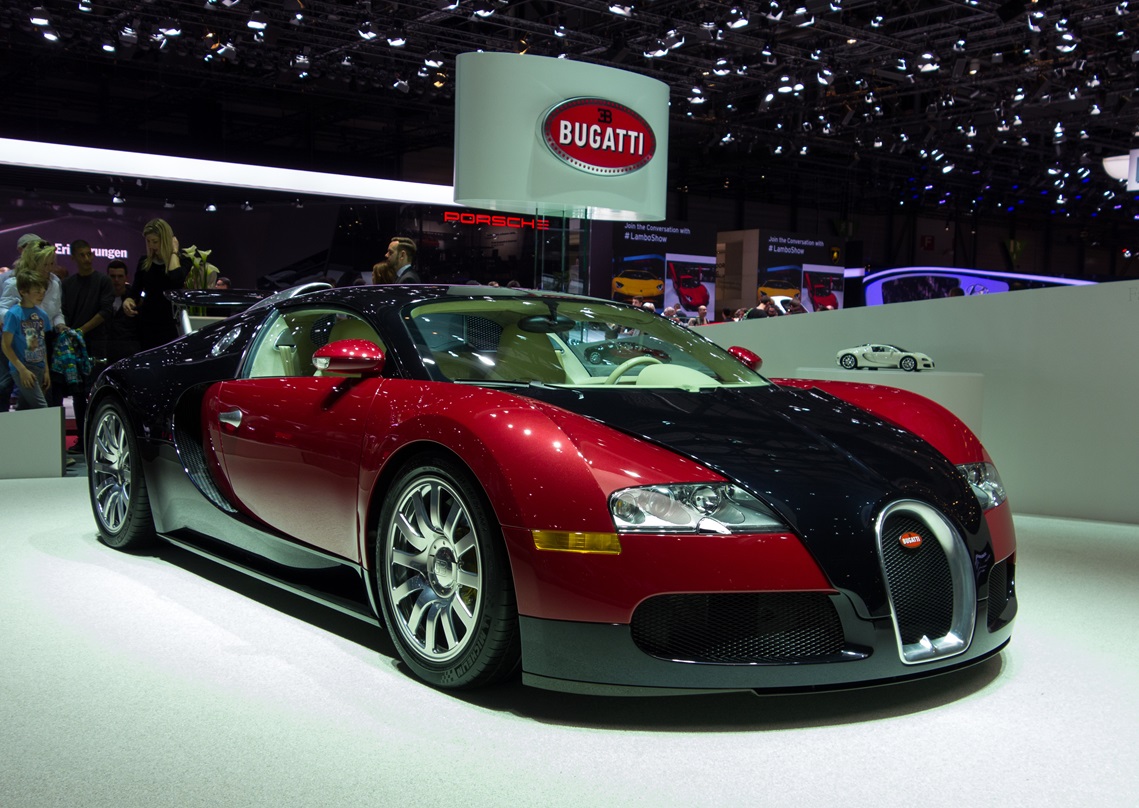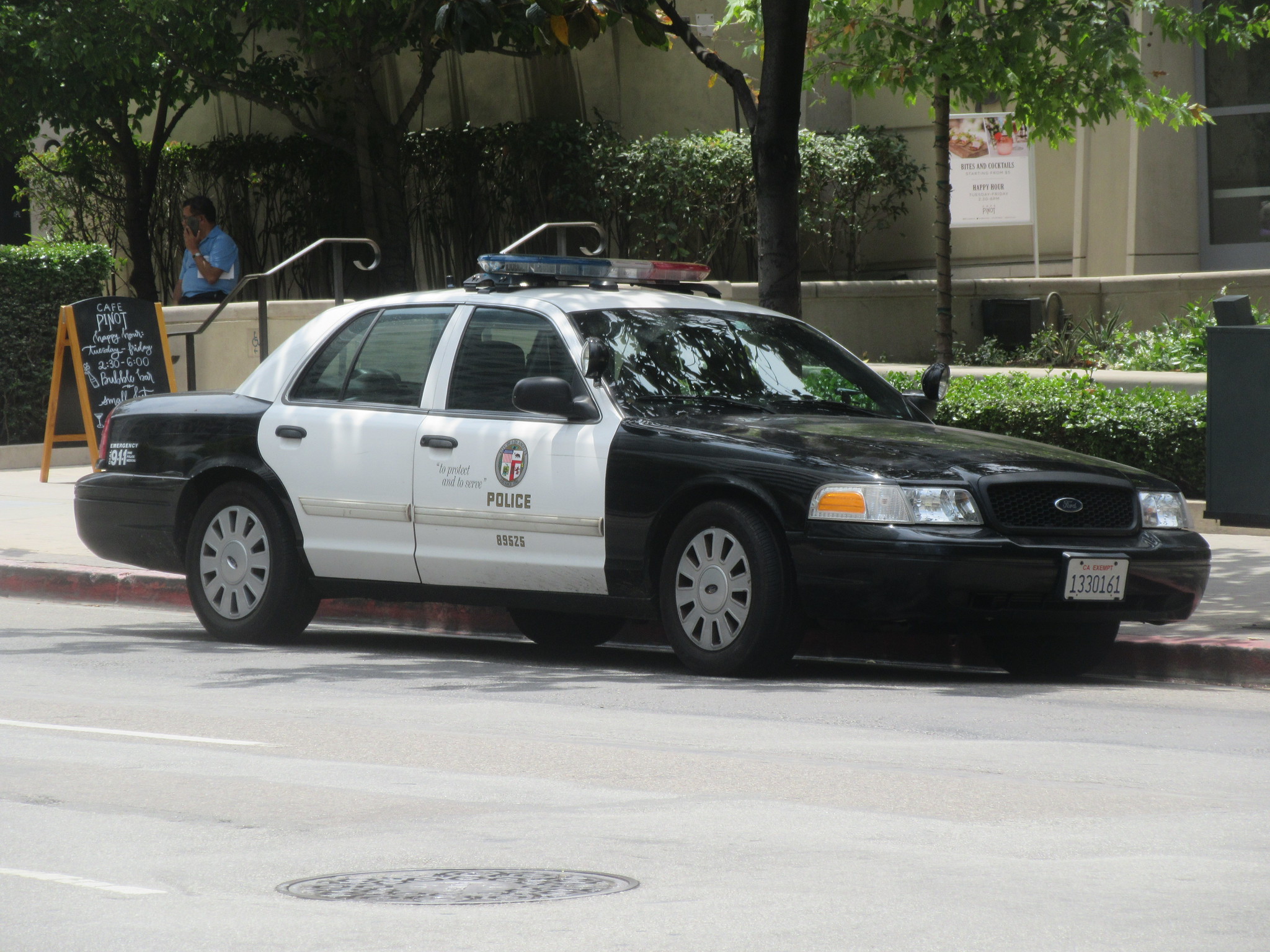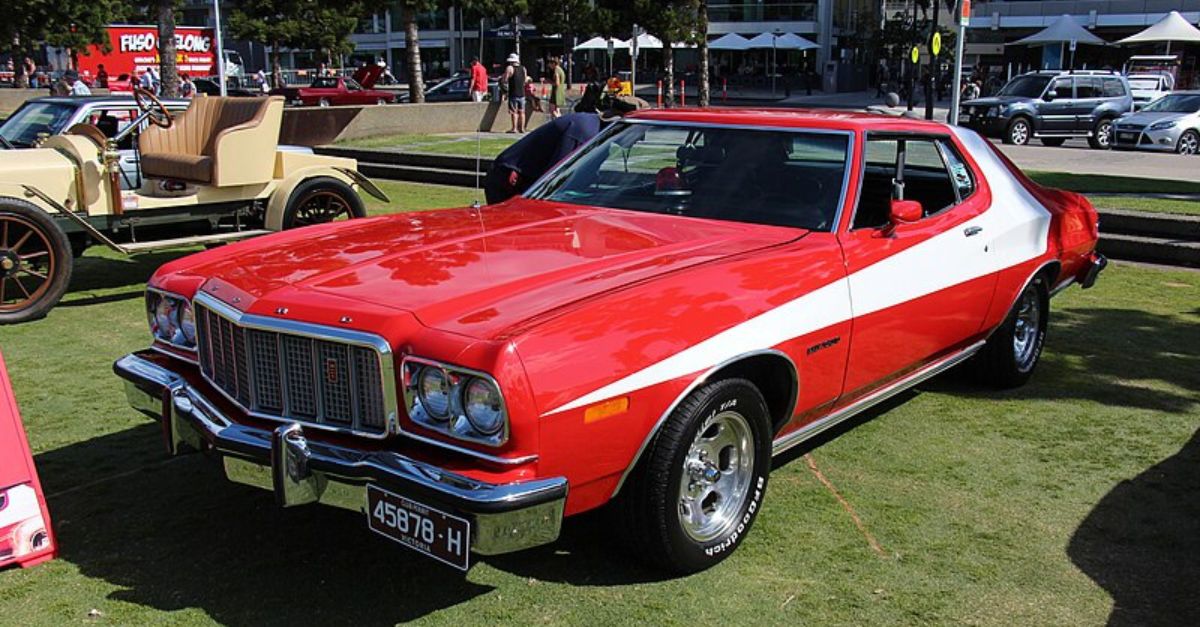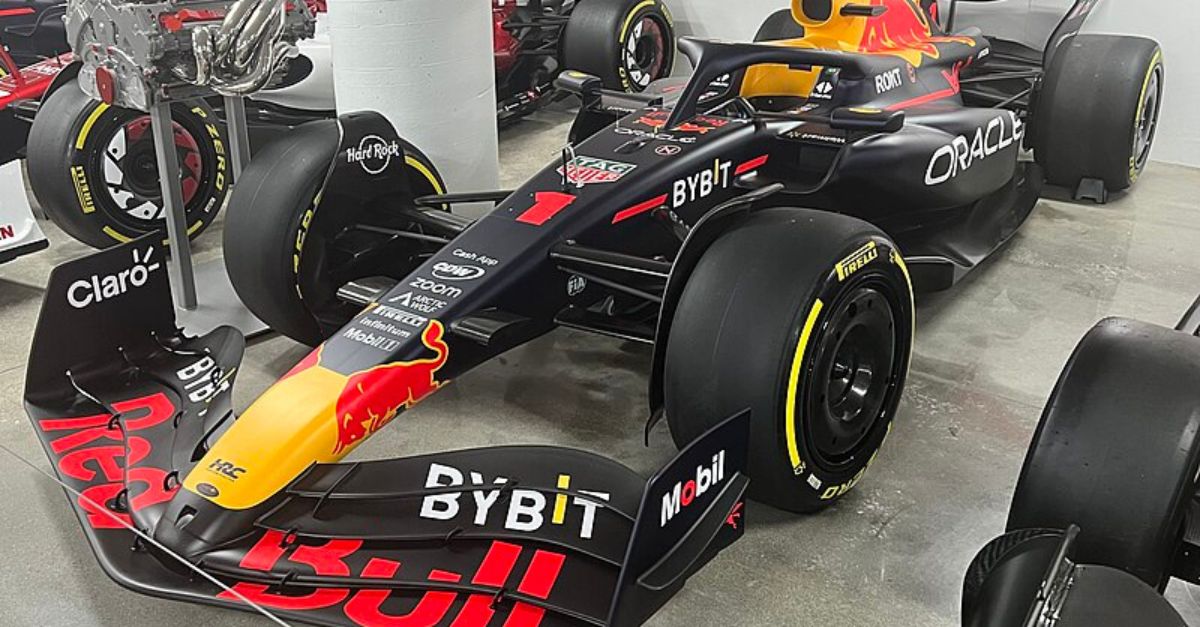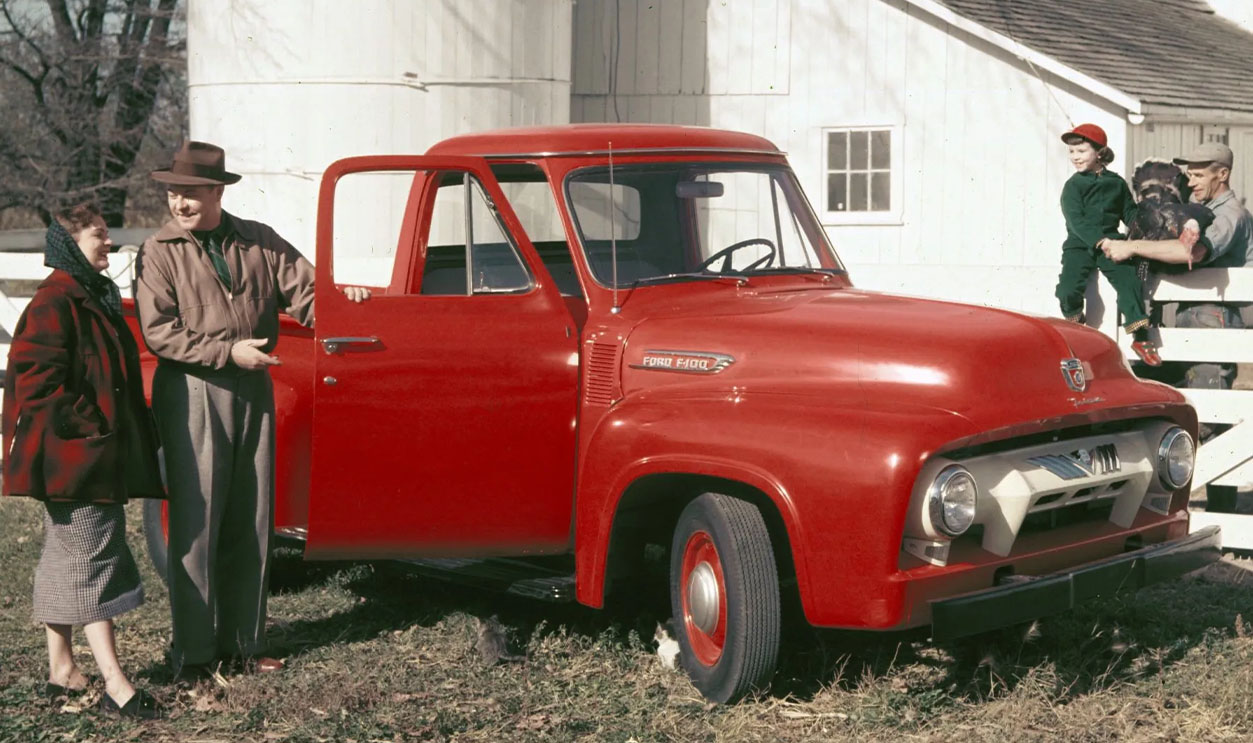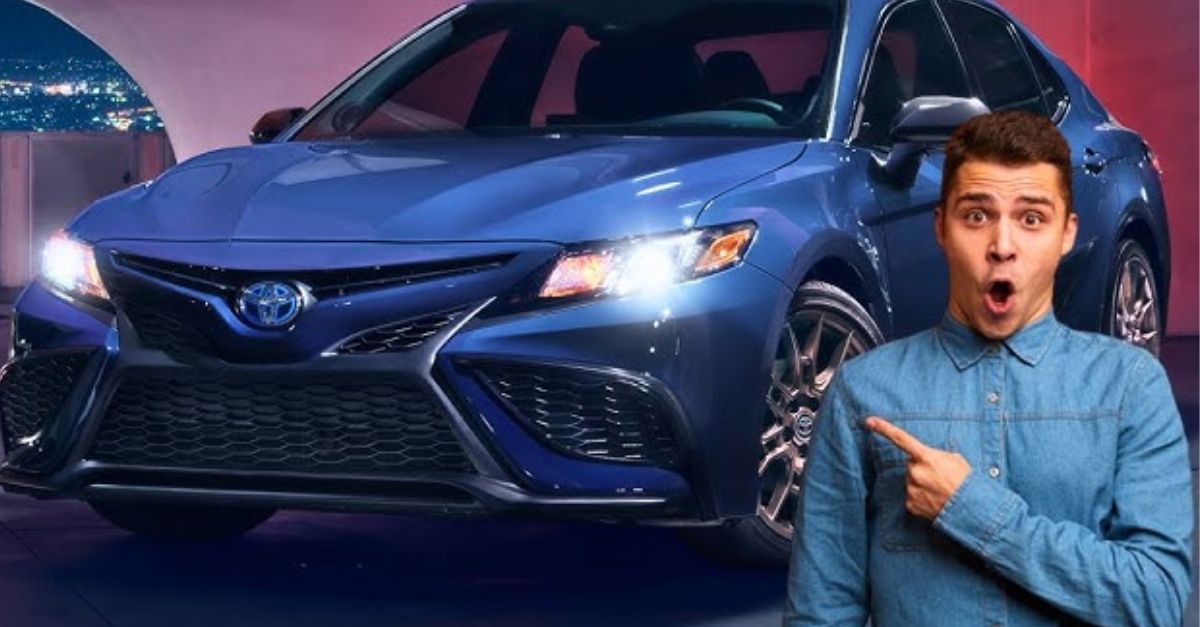The World's Most Iconic Cars
Some of the world's most iconic cars changed the industry forever, while others set new benchmarks for performance or style, or broke new engineering ground. Let's explore some of the world's most iconic cars and what they did that set them apart from the rest.
![]()
Volkswagen Golf
First released in 1974, the Volkswagen Golf is iconic because of its affordability and practicality. While most people might opt for the (upcoming in our list) Beetle as the iconic VW, the high value-for-money Golf deserves a spot on the list too.
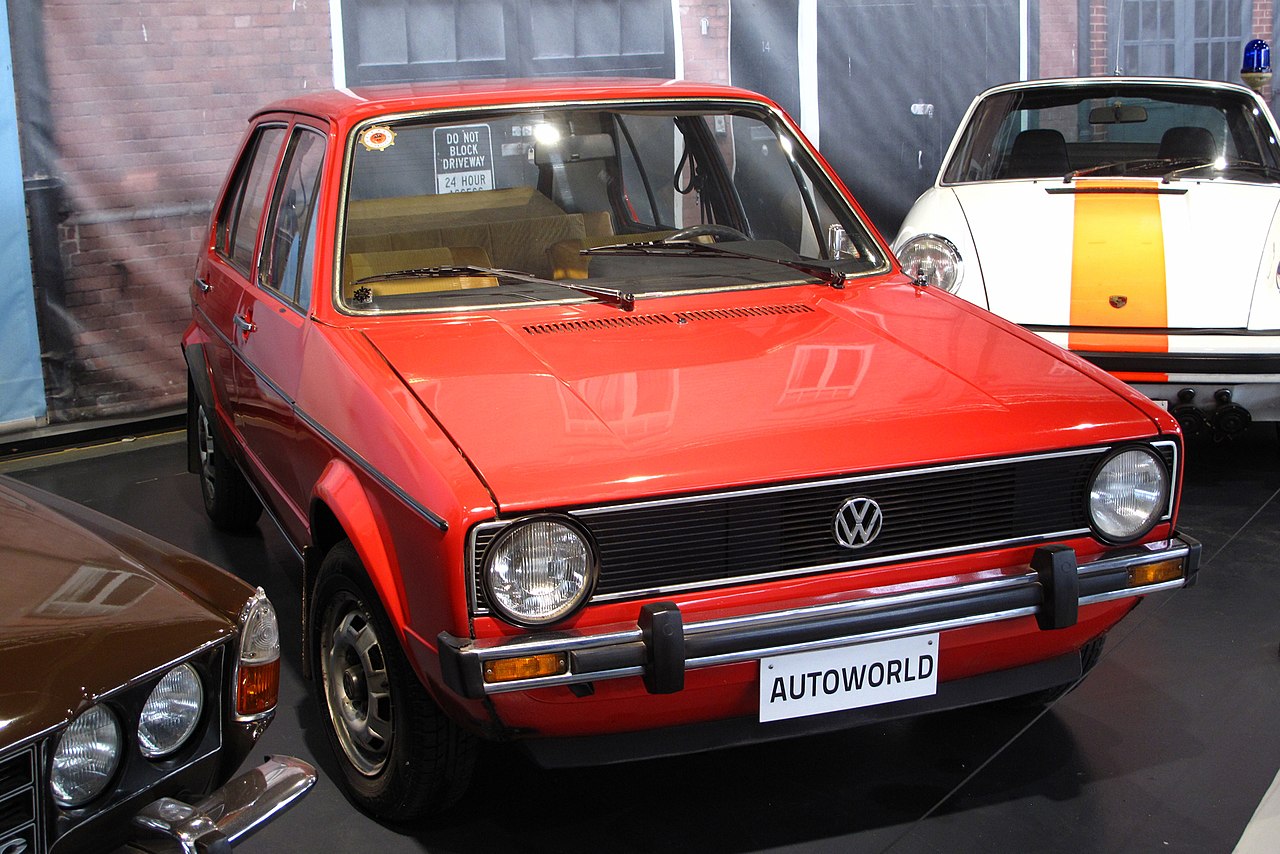 Rutger van der Maar, CC BY 2.0, Wikimedia Commons
Rutger van der Maar, CC BY 2.0, Wikimedia Commons
Range Rover
The original Range Rover was released as a "do-it-all" vehicle in 1970 by the British car manufacturer Land Rover, who'd been producing 4x4 off and on-road SUVs since before WWII. Its shared design with the classic Land Rover, coupled with a more refined, luxurious look inside and out, makes the Range Rover an icon.
Porsche 911
First produced in 1964, the Porsche 911 "Classic," as it's now referred to as, is one of Porsche's finest ever achievements and one of the greatest sports cars of all time. The OG 911 could seat four and featured a 2.2L 6-cylinder engine that produced 128 horses and had a five-speed manual transmission. While many Porsches have come and gone since the original 911, it remains a brand icon.
 Alexander Migl, CC BY-SA 4.0, Wikimedia Commons
Alexander Migl, CC BY-SA 4.0, Wikimedia Commons
Honda Accord
One of the Japanese answers to the 'everyday driver' that was the Volkswagen Golf in the mid-1970s was this car. The Honda Accord was released in 1976 as a small hatchback—not dissimilar to the disastrous Pinto—but offered Americans an affordable, reliable, and resilient Japanese car that could do the daily rounds.
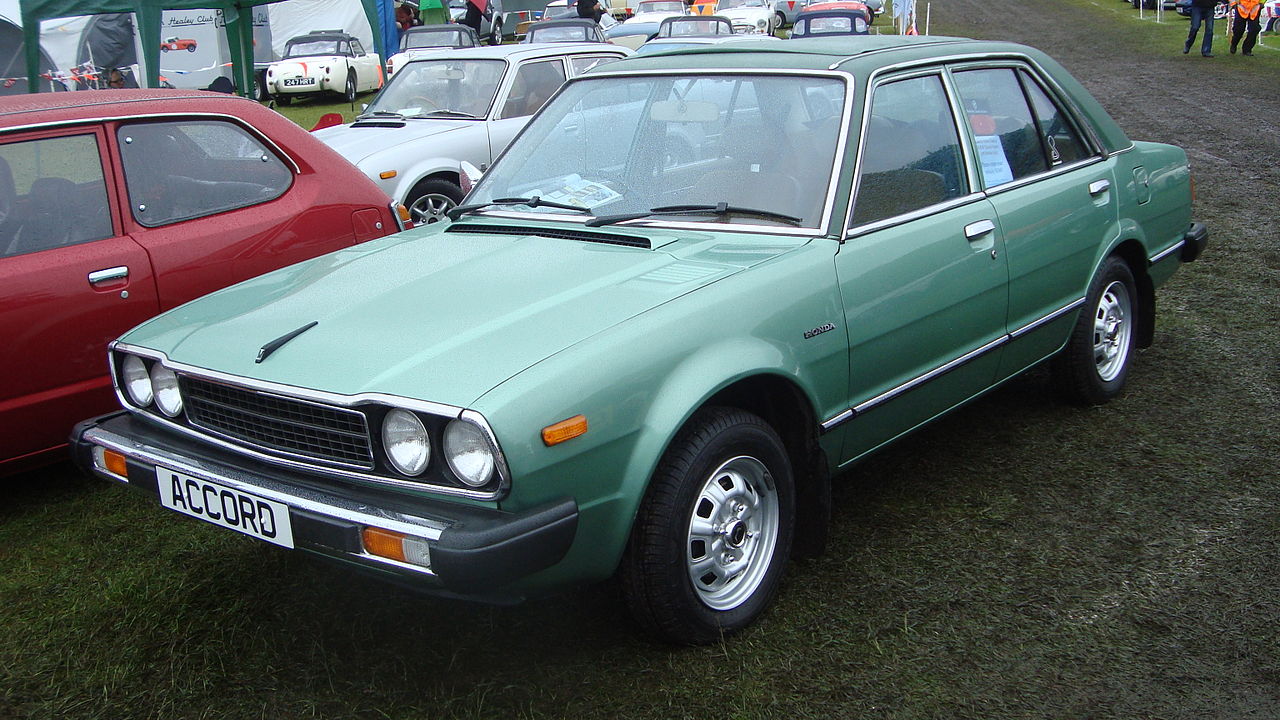 Kieran White, CC BY 2.0, Wikimedia Commons
Kieran White, CC BY 2.0, Wikimedia Commons
Jeep CJ-7
The last in a long line of successful Jeeps, the CJ-7 was the end of an era. But Jeep began something new while going "out with the old". Released in 1976 before the Wrangler came to be, the CJ-7 featured an extended wheelbase, a hardtop, and full-sized steel doors. Prior to the CJ-7, Jeeps hadn't been considered genuine road vehicles by the majority, but the CJ-7 changed all that and paved the way for the ultra-popular Wrangler.
 English: CZmarlin — Christopher Ziemnowicz, Wikimedia Commons
English: CZmarlin — Christopher Ziemnowicz, Wikimedia Commons
Toyota Pickup Truck
In 1979, Toyota would look to break into the pickup truck market in the US, a market dominated by Ford and Dodge. Their effort was the 4x4 Toyota Pickup Truck, previously known as the Hilux. The covered truck bed experimentation by Toyota would lead to the 4Runner in 1984, while the Pickup Truck would become the Toyota Tacoma in 1995. In either iteration, the Toyota Pickup Truck is viewed as an indestructible classic.
Mercedes Benz G-Class
You'd be forgiven for thinking this just a Jeep. But it's not. Mercedes tried to build an SUV in the late 1970s that could compete with Land Rover in the military market. This led to the Mercedes G-Class SUV, which was was both rugged and capable while maintaining a more streamlined exterior appearance. It was fit to woo the onlookers on-road while hitting the trails hard off-road. The G-Class became one of the most popular Mercedes models of all time.
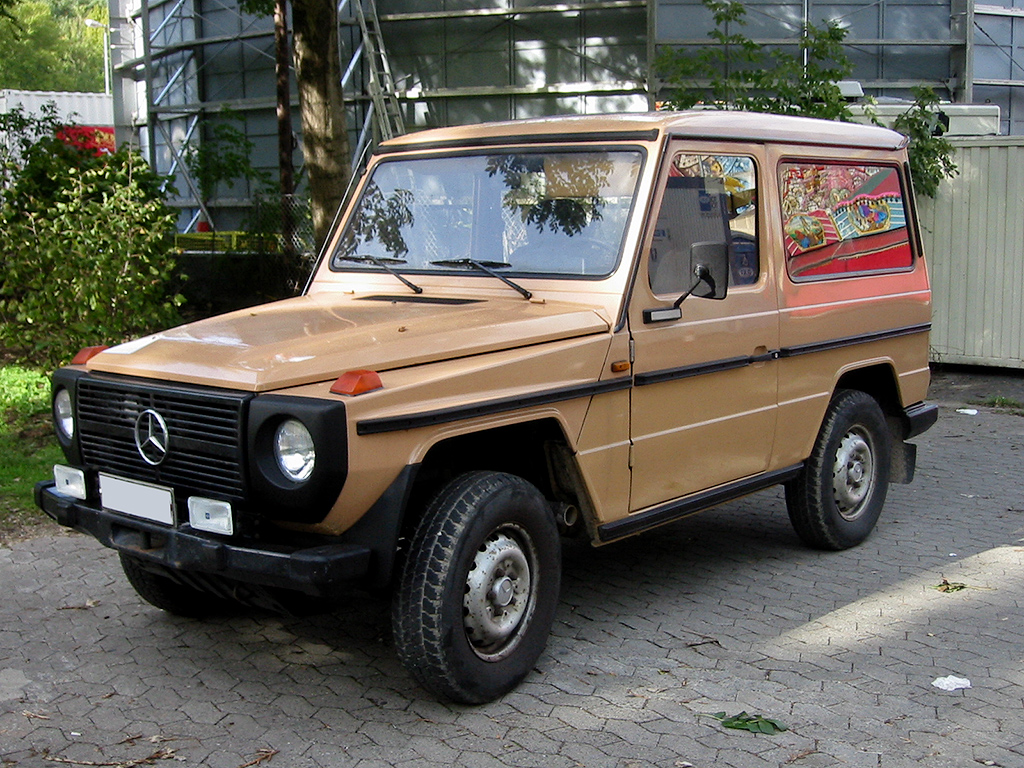 Sven Storbeck, CC-BY-SA-3.0, Wikimedia Commons
Sven Storbeck, CC-BY-SA-3.0, Wikimedia Commons
Chrysler Minivan
First released in 1984, the Chrysler Minivan was designed to be a safer, more powerful, and more practical answer to the uber-popular VW Bus that took America by storm in the previous decade. It became a national revolution in suburbia—seating for seven, a low, flat floor, ample space in the back for storage if the seats were down—oh, and cup holders. Still just as popular now as it was in the mid-'80s, the Chrysler Minivan is a classic.
Jeep Cherokee XJ
Released in 1984, the Jeep Cherokee XJ stayed on American roads until 2001. The Cherokee took a unibody approach, shedding 1,000 pounds off its overall weight and making it more affordable for most people. The Cherokee XJ was one of the first SUVs to pave the way for the modern family travel car—the SUV, instead of a minivan.
Audi Quattro
The Audi Quattro was a revolution in automotive engineering when it was released in 1983, that helped put Audi on the map. Its revolution was delivering astonishing power to all four wheels at the same time, making it one of the greatest rally and racing cars of the 1980s, winning consecutive European rally championships in 1984 and '85. This led to Audi badging every single one of their next four-wheel drives as "quattro four wheel drive"—a practice that continues to this day.
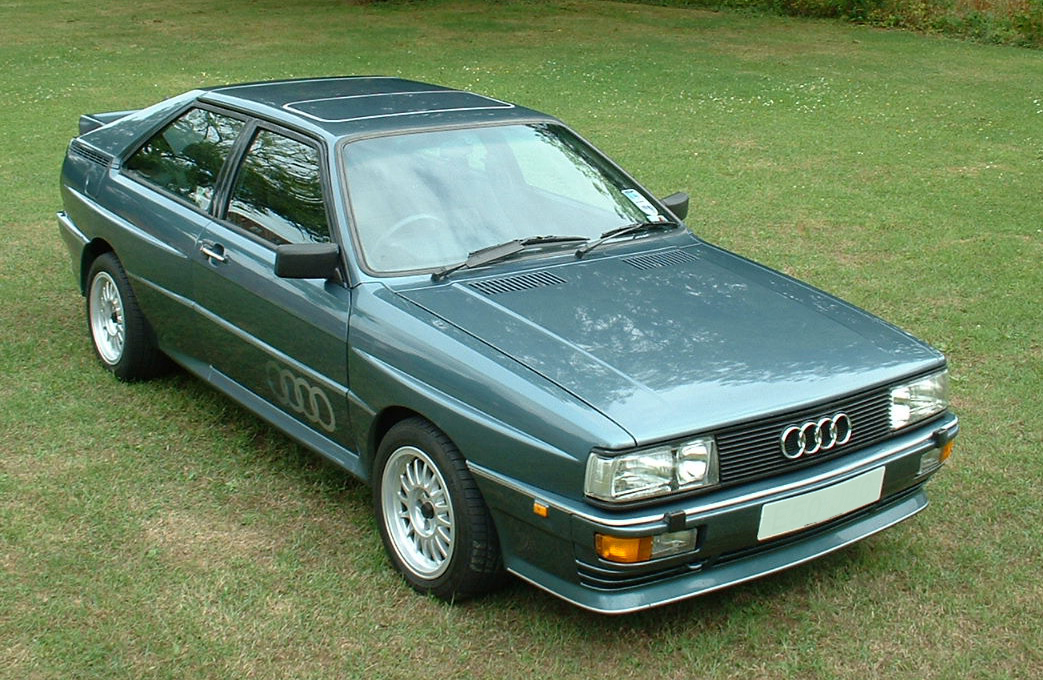 Ultegra, CC BY-SA 3.0, Wikimedia Commons
Ultegra, CC BY-SA 3.0, Wikimedia Commons
Porsche 959
First, came the 911. Then, 20 years later in 1986, Porsche released the supercar of the future—the 959. It was designed for speed: doing 0 to 60 in an insane 3.6 seconds (for 1986, that was bonkers fast). It did all that on a relatively small twin-turbo flat-six motor with all-wheel drive and adjustable suspension.
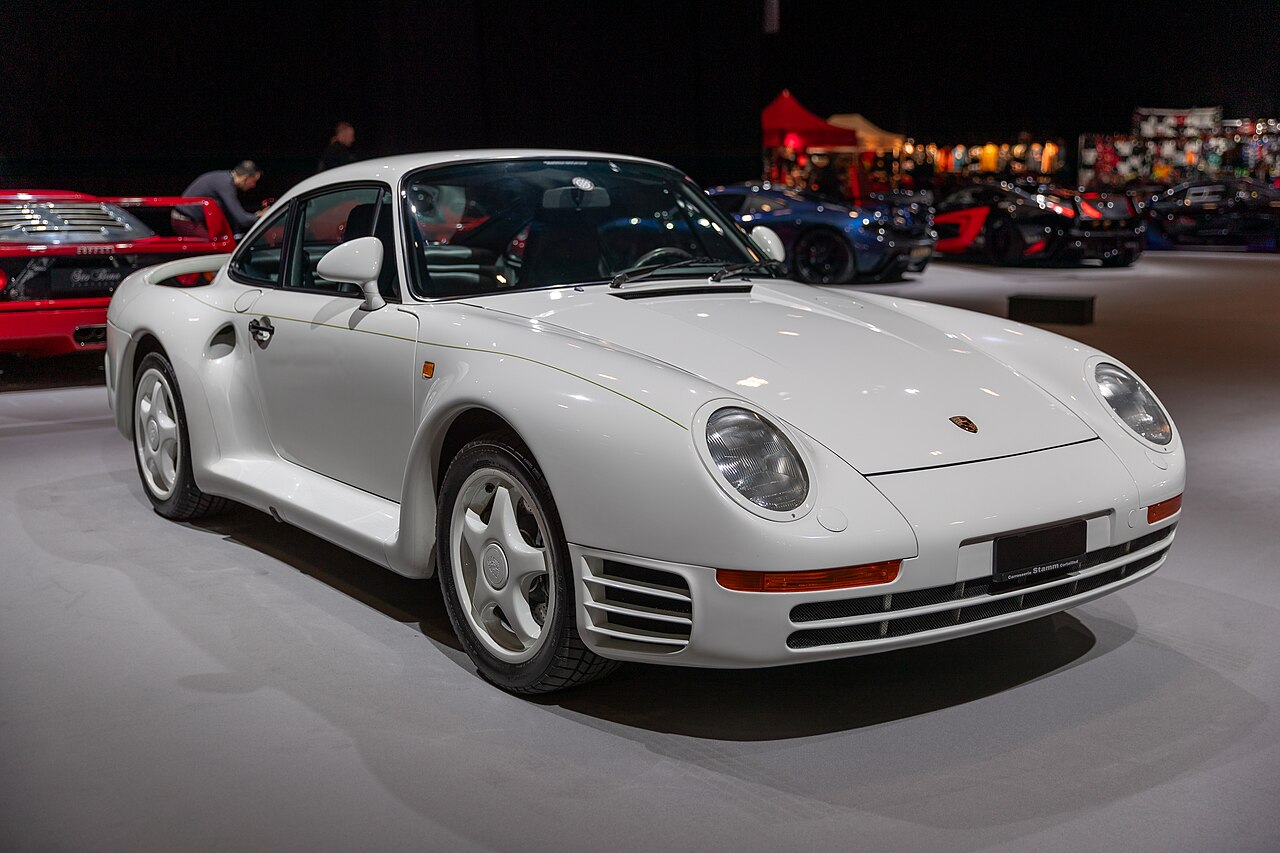 Matti Blume, CC BY-SA.2.0, Wikimedia Commons
Matti Blume, CC BY-SA.2.0, Wikimedia Commons
Ferrari F40
Allegedly the first production car to hit 200 miles per hour, the Ferrari F40 was commissioned by Enzo Ferrari to celebrate 40 years of Ferrari cars. It went from 0 to 60 in just 4.7 seconds. It was so fast and produced so much more power (an extra 80 horses than its predecessor) that Ferrari had to design a whole new tire to accommodate it. But, what the boss wants, the boss gets, right?
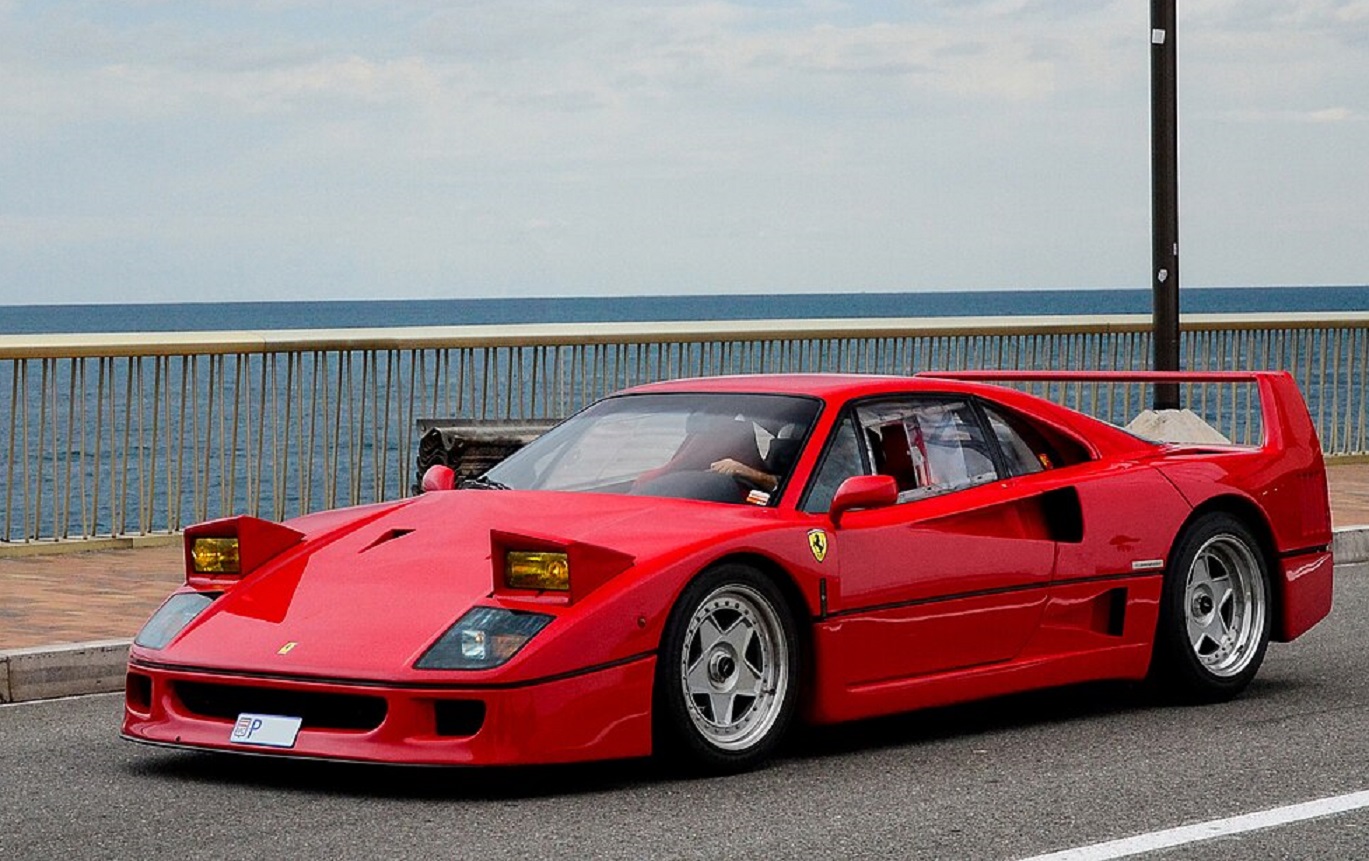 Alexandre Prévot , CC BY-SA 2.0, Wikimedia Commons
Alexandre Prévot , CC BY-SA 2.0, Wikimedia Commons
Mazda Miata MX-5
The Mazda Miata MX-5 was the affordable sports car of the 1980s. After being released in 1989, the Miata took North America by storm. Pop-up headlights, convertible styling, rear-wheel drive, manual transmission? A winner. It was always available in stand-out colors like red, pink or yellow, or a sleek black. Now simply known as the MX-5, it's still going strong after almost 30 years on the road.
Lexus LS-400
The Lexus LS-400 was Toyota's very first Lexus vehicle. Gunning for the luxury sedan market that had been saturated by German manufacturers for years, the 1989 LS-400 boasted better fuel efficiency and less noise, meaning those who could afford the luxury sedans went farther, quieter. And, because it's manufactured by Toyota, the thing is basically indestructible.
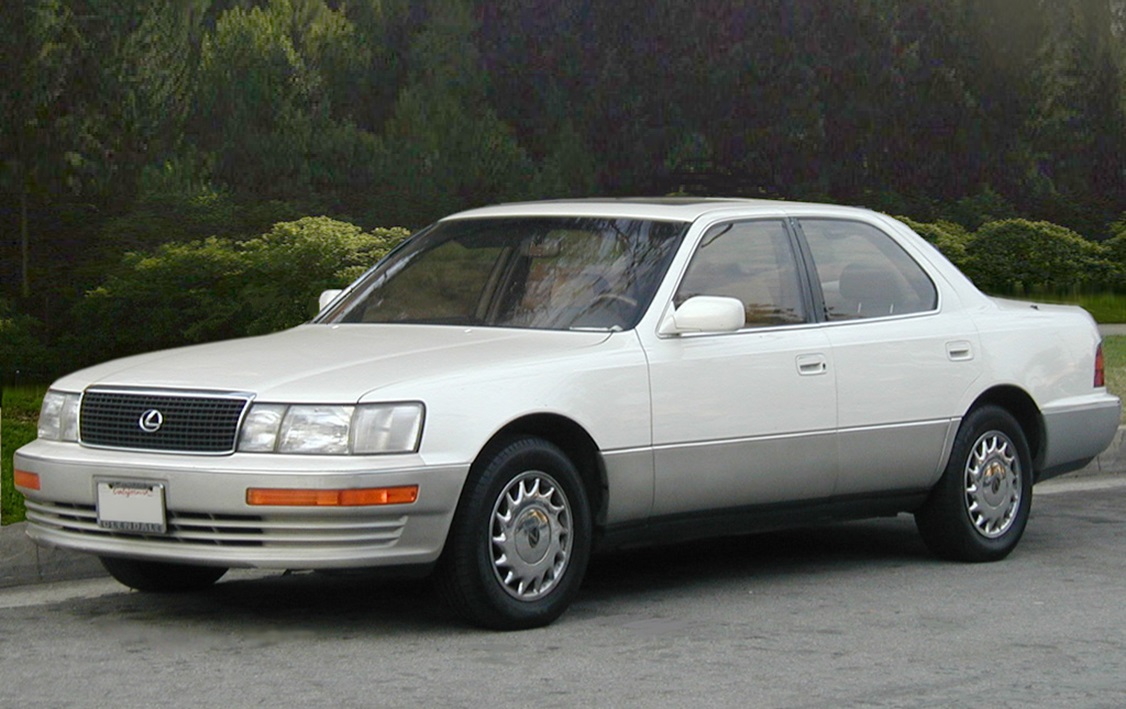 Enigma3542002, Wikimedia Commons
Enigma3542002, Wikimedia Commons
McLaren F1
Of course, this bad boy had to make our list. For a supercar developed in 1992 by F1 engineer Gordon Murray, the McLaren F1 wrote itself into supercar (and automotive) folklore at break-neck speeds. BMW built it a 6.1L naturally-aspirated V12 engine while McLaren put a carbon fiber chassis on it and designed the rest of it to break records. Which it did in 1998, setting a new record for the world's fastest production car with a speed of 240.1 miles per hour.
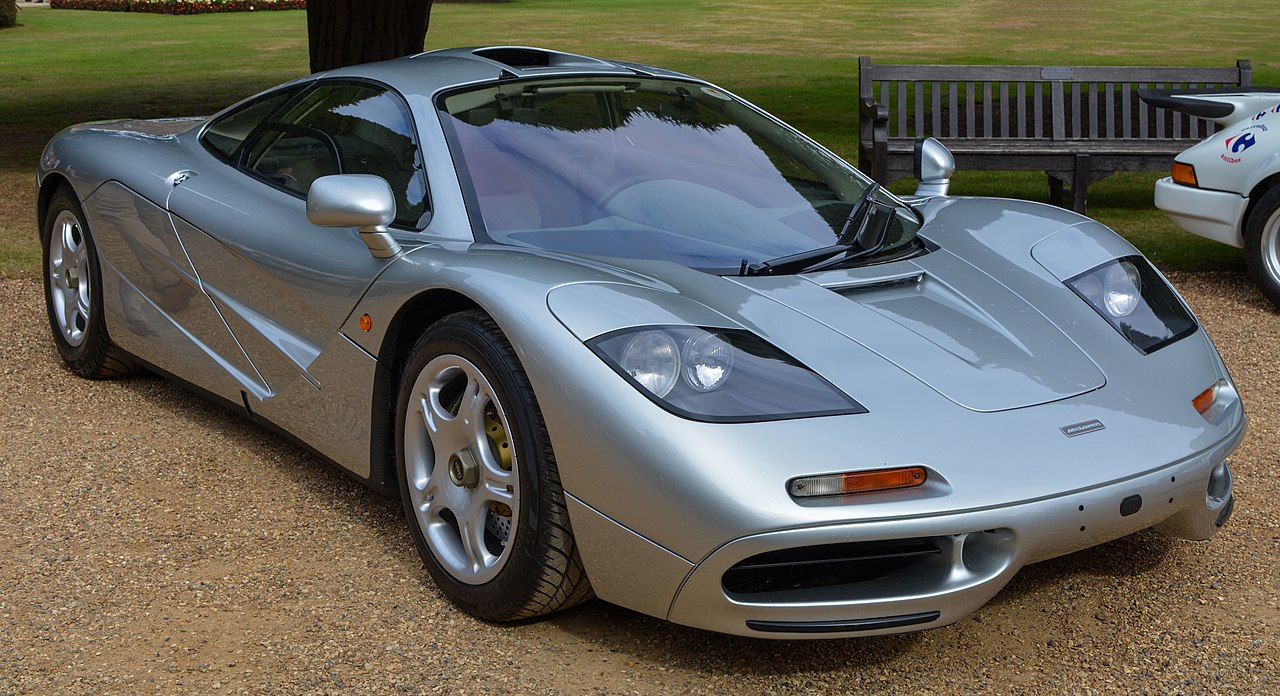 Chelsea Jay, CC BY-SA 4.0, Wikimedia Commons
Chelsea Jay, CC BY-SA 4.0, Wikimedia Commons
Acura NSX
Back in 1990, Honda decided it would design a sports car to rival Ferrari (muffled laughter). They tried, bless them—but where they failed to compete with Ferrari, they did design an icon. The Acura NSX was the first production car to feature an all-aluminum body and even gave legendary Ayrton Senna a few test runs in the NSX.
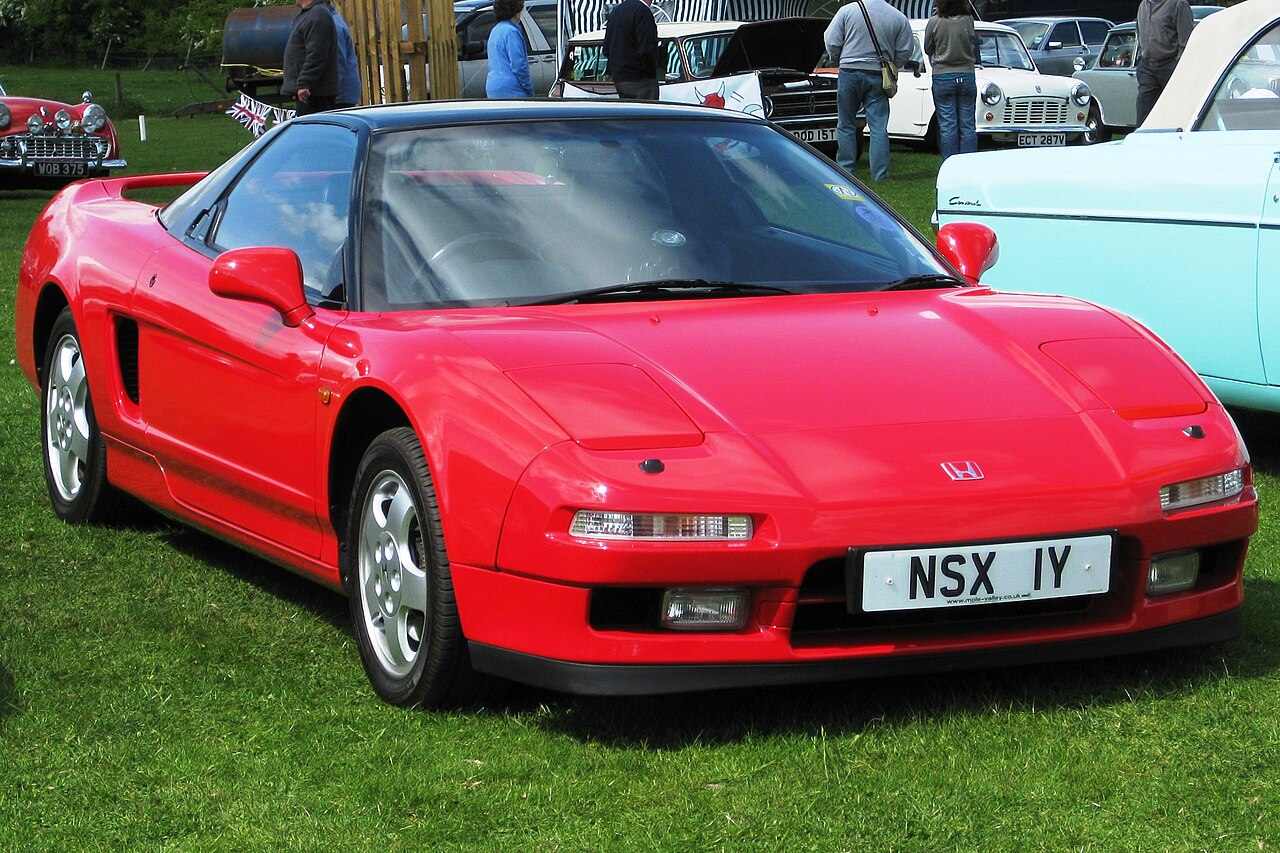 Charles01, CC BY-SA 3.0, Wikimedia Commons
Charles01, CC BY-SA 3.0, Wikimedia Commons
Dodge Viper
In 1992, Dodge launched the Dodge Viper RT/10, a performance car that wasn't designed to do much except go fast in a straight line. It didn't have glass windows, exterior door locks, airbags, traction control or anti-lock brakes. It did have a six-speed manual transmission and an 8.0L V10 engine that produced 400 horsepower and a staggering top speed of 165 miles per hour.
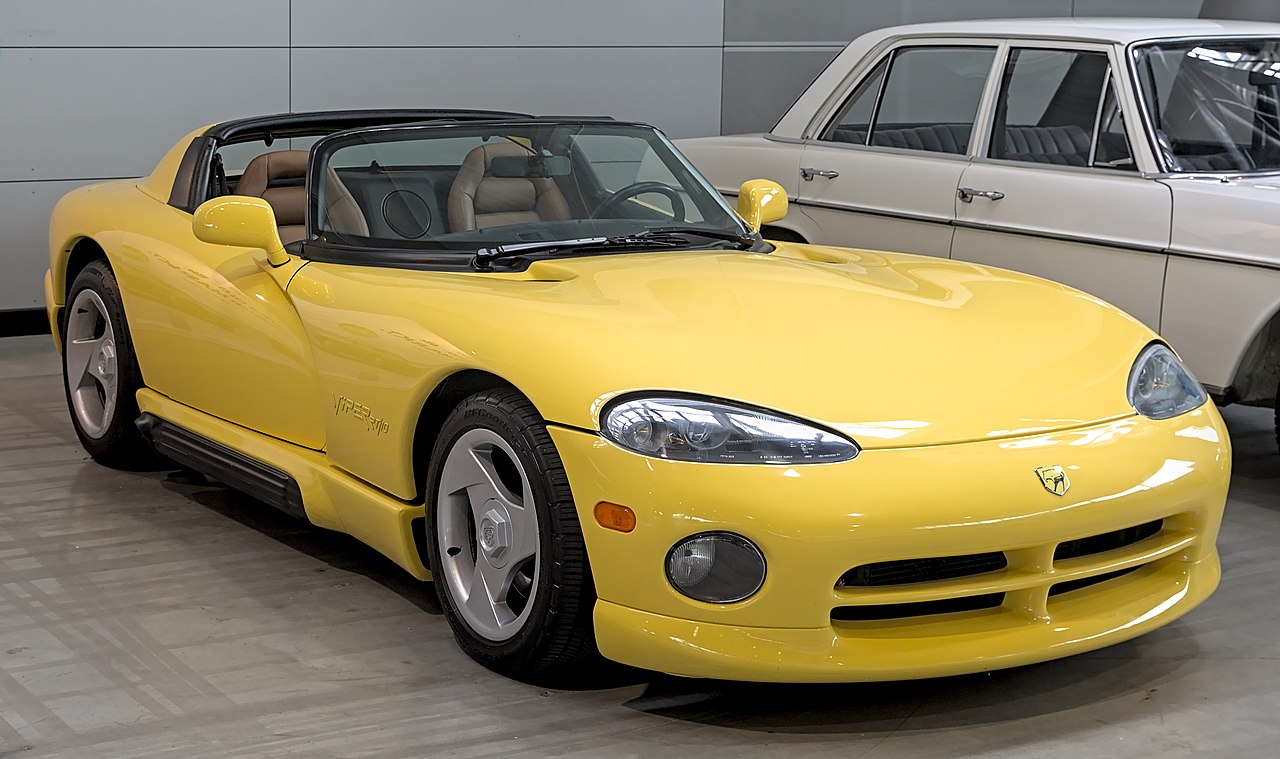 Alexander-93, CC BY-SA 4.0, Wikimedia Commons
Alexander-93, CC BY-SA 4.0, Wikimedia Commons
Toyota Supra
Made famous by the Fast & Furious franchise, the Toyota Supra was released in 1993 as a sports car that looked the part and acted the part. It went from 0 to 60 in 4.6 seconds and pulled more than 300 horsepower from its engine. The super Supra was also modifiable and those with the skills did exactly that to this classy Toyota classic.
Toyota RAV4
First released in 1994, the Toyota RAV4's design idea was revolutionary: They'd stick a huge windscreen on an SUV, give it four-wheel drive, and then put it into a small frame with a more fuel-efficient engine than other SUVs on the market. It worked. The Toyota RAV4 would become America's best-selling car in 2023.
Ford Mustang
Of course, the 1964 Ford Mustang had to be on a list of the world's most iconic cars—it doesn't get much more iconic than the Ford Mustang, a car that defined a generation and introduced the concept of American muscle to average Americans. One of Ford's best-selling cars of all time and a national American icon, the Ford Mustang transformed (and some might say began) the muscle car industry.
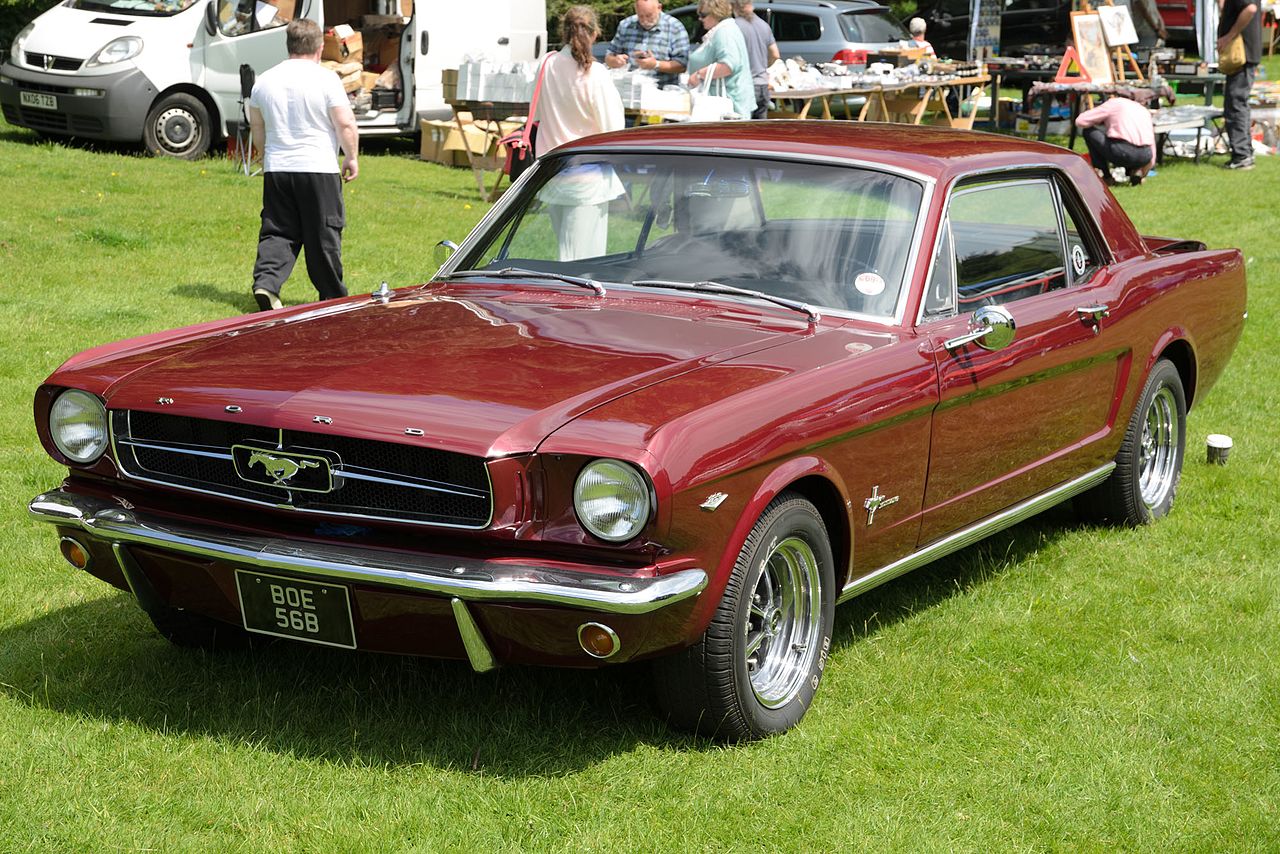 SG2012, CC BY 2.0, Wikimedia Commons
SG2012, CC BY 2.0, Wikimedia Commons
Acura Integra Type R
If you weren't driving a Toyota Supra already, you likely had one of these as your sports car of choice in the late 1990s. The Acura Integra Type R produced an insane 145 miles per hour top speed, roaring out nearly 200 horsepower, and went from 0 to 60 in just 6.6 seconds. The performance side of the Acura and the fact that only 1,320 were ever produced between 1997 and the end of 1998 make this sports car a classic.
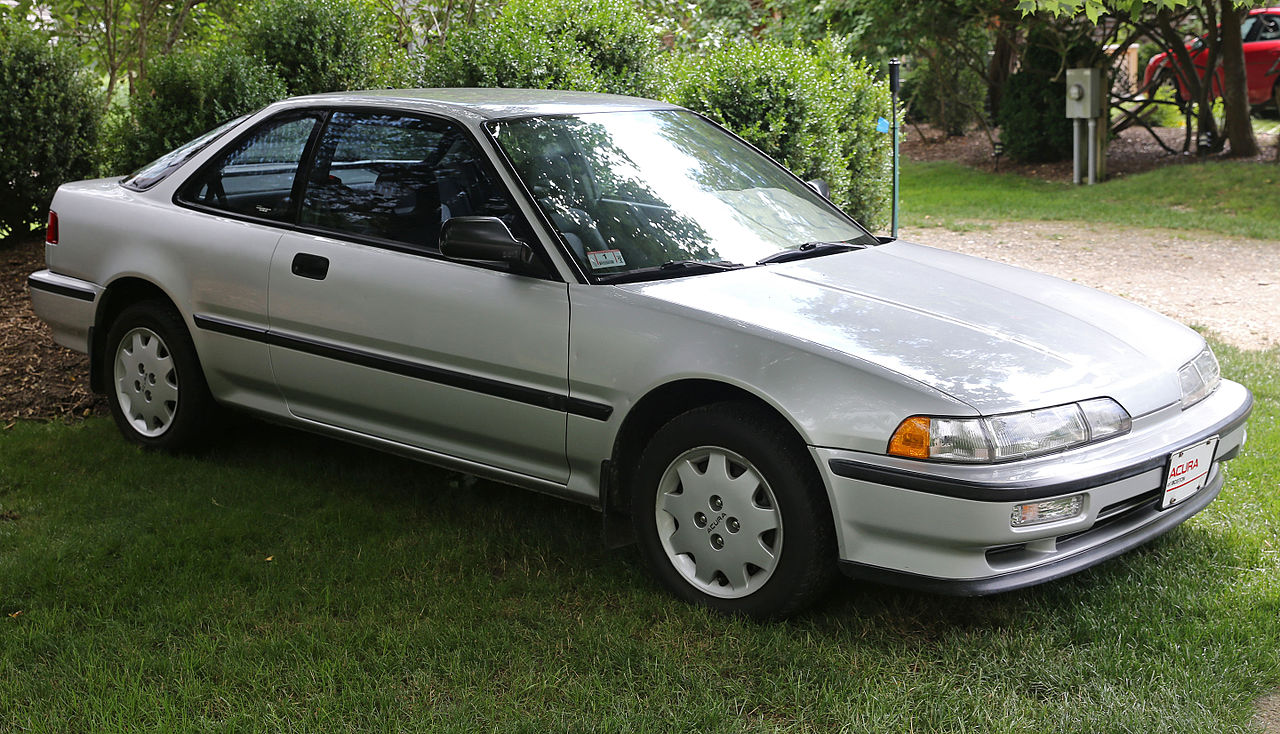 Mr.choppers, CC BY-SA 3.0, Wikimedia Commons
Mr.choppers, CC BY-SA 3.0, Wikimedia Commons
Honda S2000
In 1999, Honda released the ultimate car enthusiast's car. This was the Honda S2000, with a naturally-aspirated 2.0L VTEC engine that produced 297 horsepower. It went from 0 to 60 in 6.3 seconds and had a top speed of 151 miles an hour. The sporty convertible was Honda's contribution to a late-'90s era filled with sporty convertibles.
Ford Model T
Without a doubt one of the most iconic cars in the world, the Ford Model T set the standard for automobiles in the United States all the way back in 1908, and was the world's first widely-available automobile and the world's first assembly-line production car. The Model T laid the groundwork for all other automobiles and made driving widely available, changing public transportation in the United States forever.
Ford Bonus Built
The very first truck in Ford's "F-Series" was the Ford Bonus Built, released in 1948 as an upgrade to Ford's car-based pickup from 1942. The Bonus Built was available in eight different iterations and jump-started Ford's now-legendary truck-building reputation.
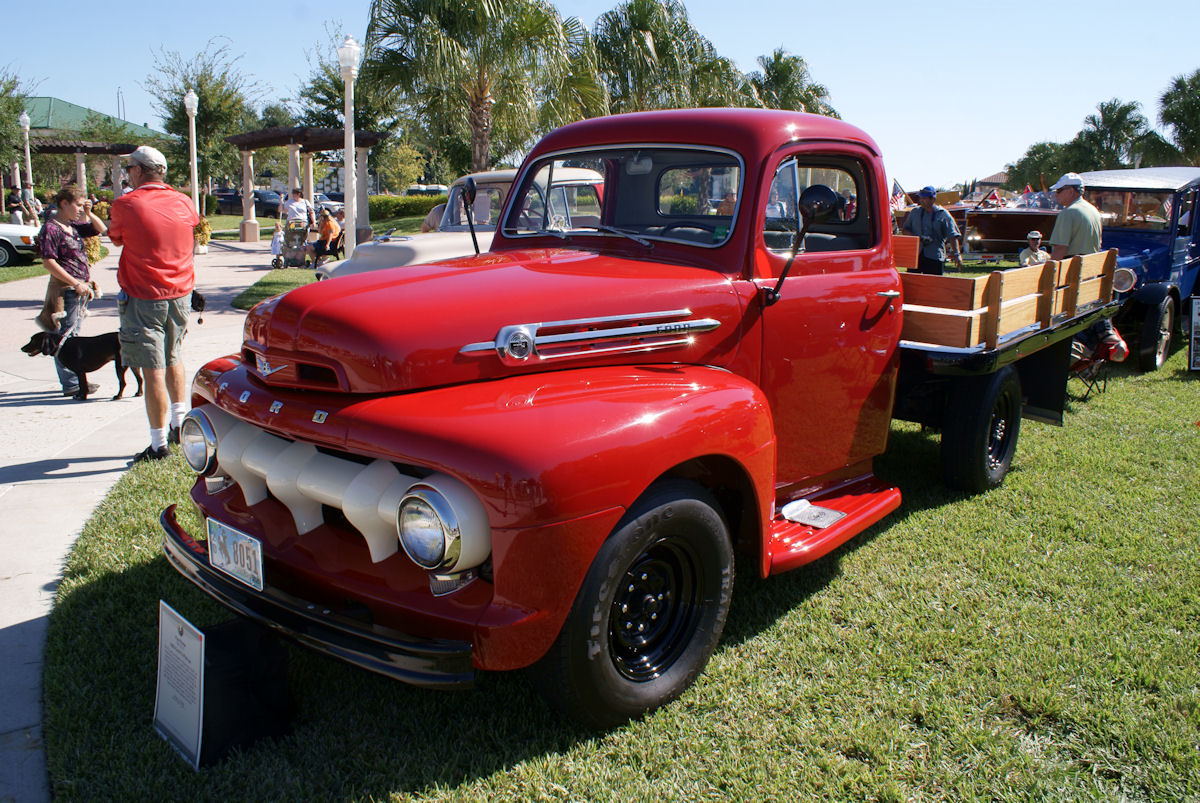 Valder137, CC BY 2.0, Wikimedia Commons
Valder137, CC BY 2.0, Wikimedia Commons
Ford F-100
What followed the Bonus Built in 1953 was the Ford F-100. With a wraparound windshield, new door, new dashboard design, and an optional panoramic rearview window, the F-100 set a new standard and is widely viewed as one of the most iconic pickups of all time.
Cadillac Escalade
The Cadillac Escalade was launched by General Motors in 2002, redesigned to differentiate it significantly from its corporate counterparts, the Chevy Tahoe and GMC Yukon. The Escalade featured huge 20-inch wheels and as many modern accents as the company could squeeze into the large, luxury SUV. The Escalade set Cadillac apart in the luxury SUV market.
Subaru WRX
The Subaru WRX was a very late arrival on the American market. Despite being released in Europe in 1992, it would take 10 years for the rally-inspired sports car to make it to American roads. The blue paint, bug-eyed, gold-rimmed beauty redefined the rally-esque segment in the car market in the United States. And it wasn't just affordable—it also offered 227 horsepower and topped out at 145 miles per hour. Iconic.
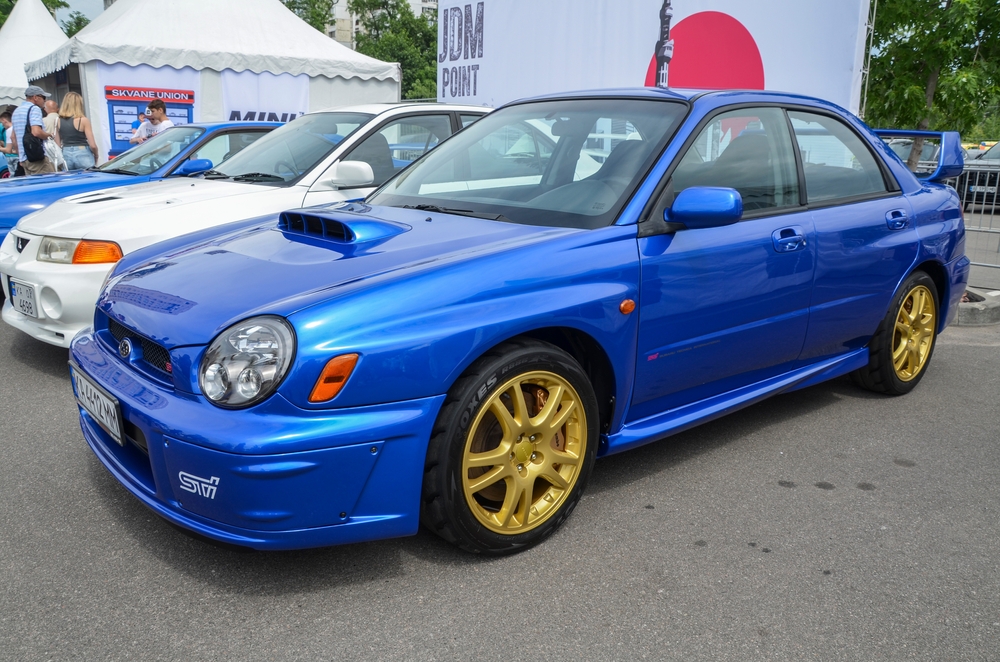 Dmytro Stoliarenko, Shutterstock
Dmytro Stoliarenko, Shutterstock
Bentley Continental GT
Redefining luxury: That's what Bentley did when it released the Continental GT in 2003. If you were looking for a four-door, luxury sedan at this time, you were likely eyeing up the Continental GT. Cheaper to produce than Bentleys of the past and packed with an insane twin-turbo W12 engine, the Continental revived a brand that was otherwise dead in the water.
Toyota Prius
This is undoubtedly one of the world's most iconic hybrids ever produced, often seen as the first car that made PHEVs popular in North America. The second-generation 2004 Toyota Prius featured a liftback body design, did a staggering 60 miles per gallon, and redefined the parameters of what was possible for fuel-efficiency in the United States. It also restarted the fuel-efficiency conversation and forced other automakers to be more considerate of the future.
Bugatti Veyron
Redefining what it meant for a street-legal car to be fast, the Bugatti Veyron was released by Bugatti in 2005 as an upgrade to the already-insane EB-110. When it released the Veyron, Bugatti single-handedly invented the term "hypercar" with its four-turbo, 8.0L W16 engine that produced an astronomical 1,001 horsepower. It could go from 0 to 60 in less than three seconds and boasted a staggering top speed of 253 miles per hour.
DeLorean DMC-12
You all know why this is on this list. Made famous by Back to the Future, the DeLorean DMC-12 was brought to market by John DeLorean of DeLorean Motor Company, who produced the car for just two years between 1981 and 1983. What made the car iconic was its use of gull-wing doors and a brushed stainless steel exterior paint. Although the DeLorean was a total flop, selling less than 4,000 units in those two years, its appearance in Back to the Future gives it an iconic status.
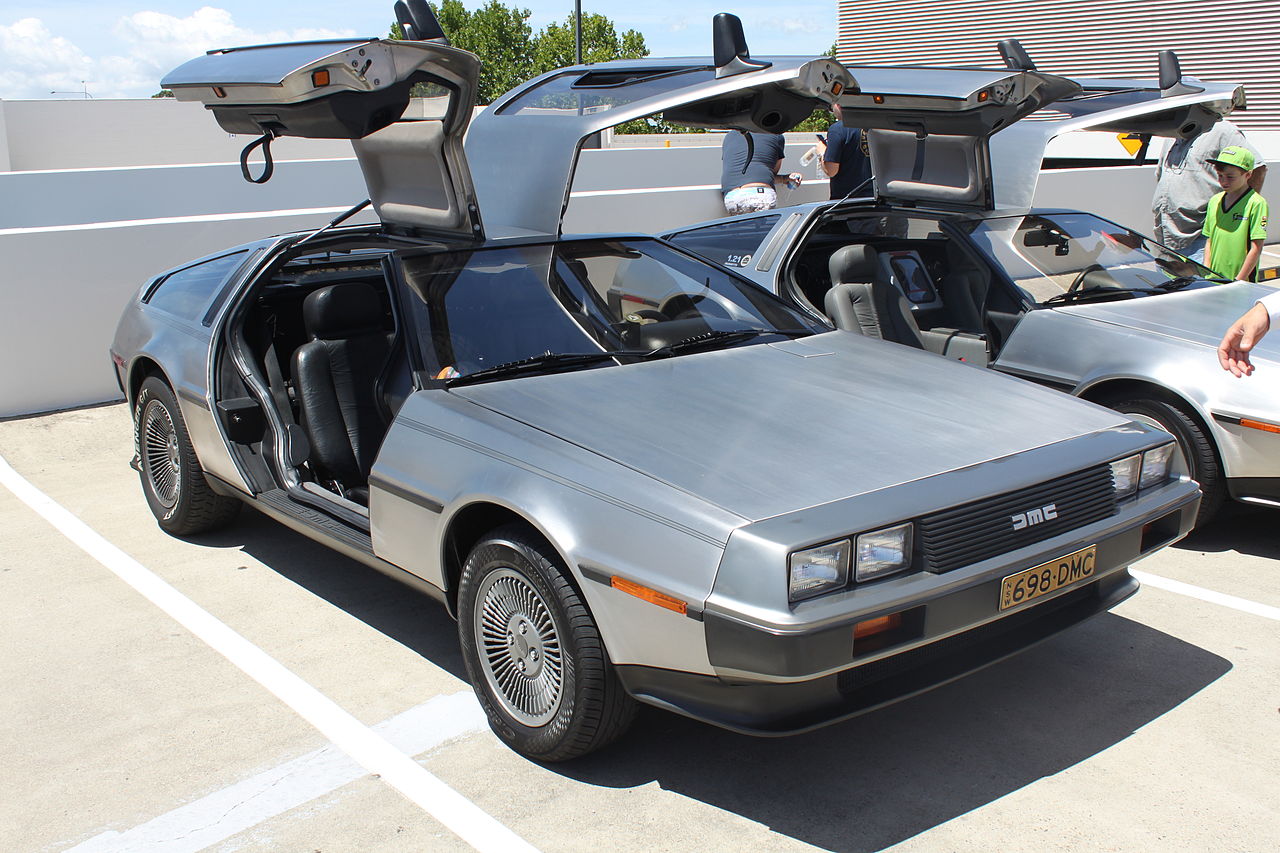 Jeremy, CC BY 2.0, Wikimedia Commons
Jeremy, CC BY 2.0, Wikimedia Commons
Volkswagen Beetle
Of course, the VW Beetle had to make an appearance on our list. It is one of the world's most iconic cars ever produced. Beginning in 1938, VW produced the Beetle until 2003, and it was originally created at the request of Adolf Hitler. Since those dark days of the Beetle's beginnings, VW has gone on to produce more than 20 million units and the Beetle is renowned for its iconic shape.
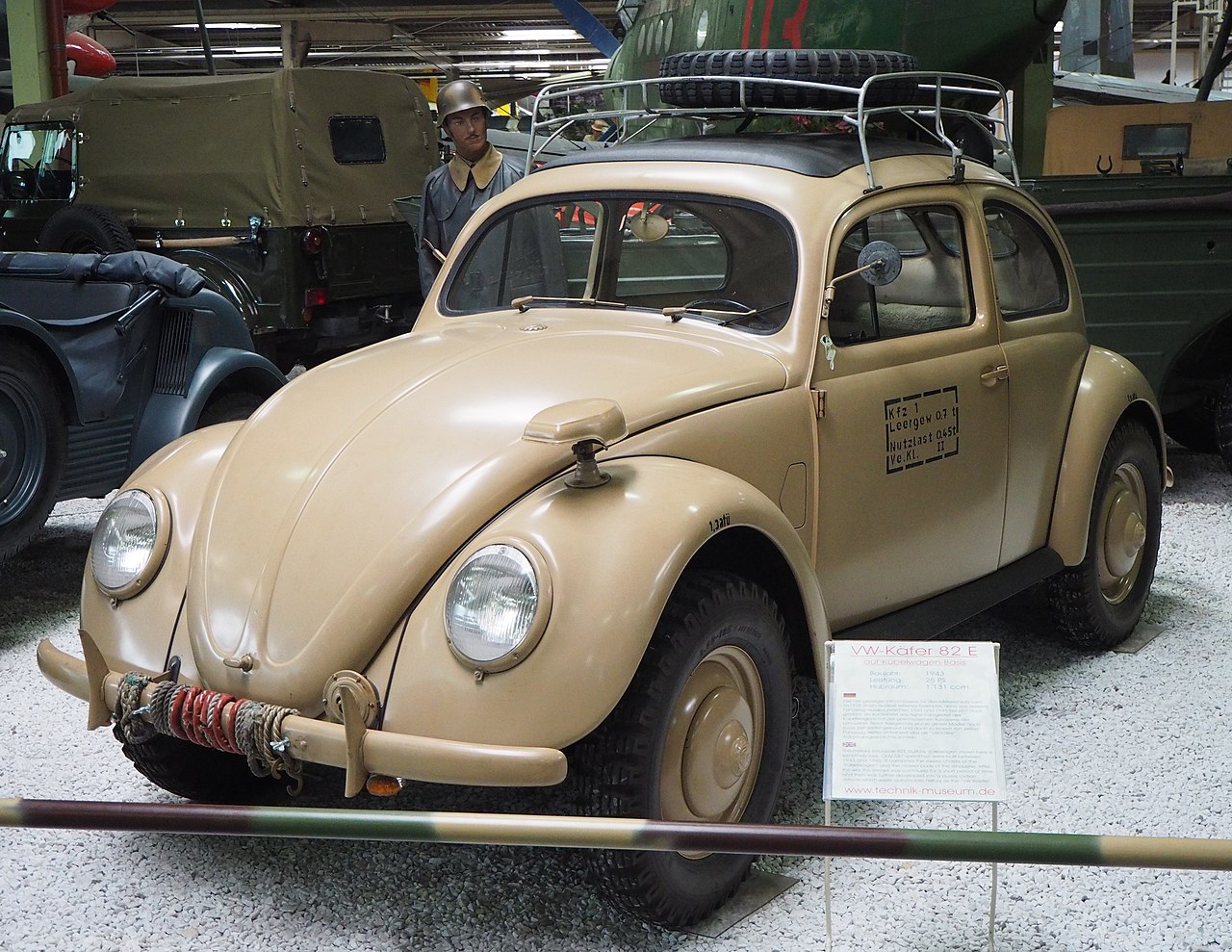 Herranderssvensson, CC BY-SA 3.0, Wikimedia Commons
Herranderssvensson, CC BY-SA 3.0, Wikimedia Commons
Lamborghini Countach
The Lamborghini Countach was a supercar produced by Lamborghini from 1974 until 1990. Created in the shape of a wedge by Italian designer Bertone, it's considered the forerunner of other Lamborghini supercars. The first model, the LP400, produced 370 horsepower and had a top speed of 179 miles per hour.
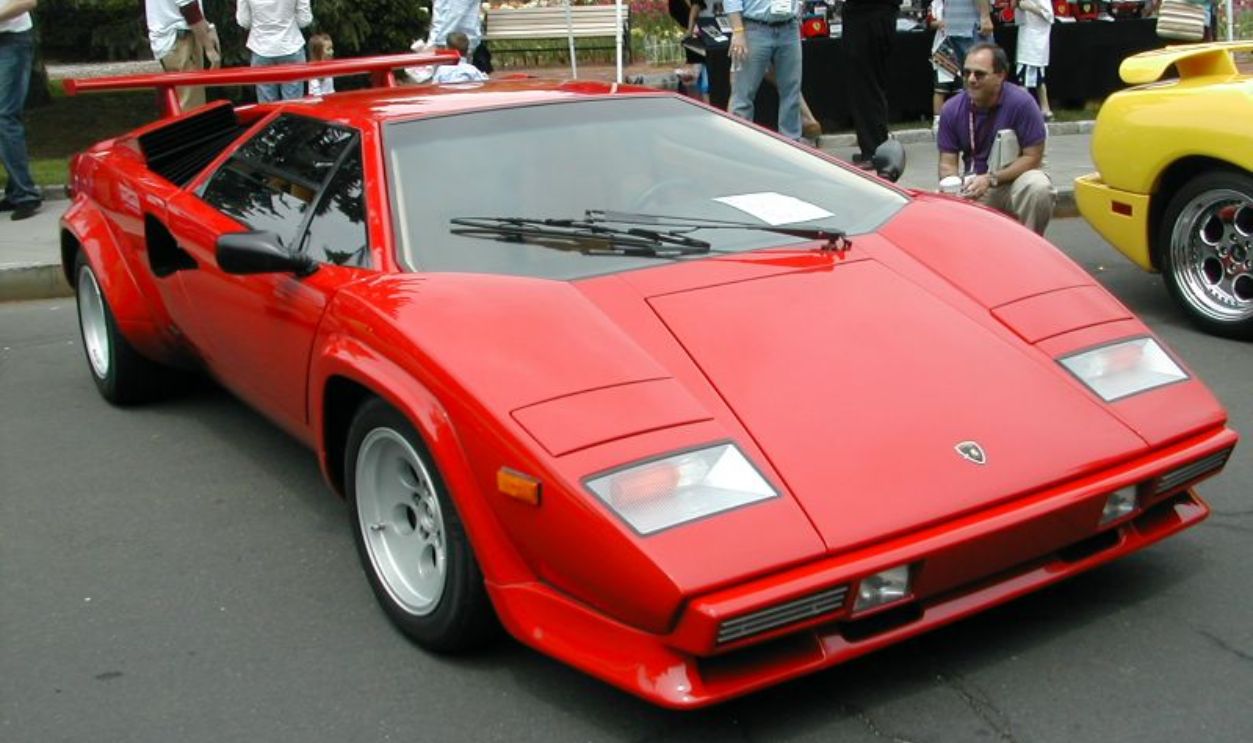 Unknown Author, Wikimedia Commons
Unknown Author, Wikimedia Commons
Ford Bronco
While the Bronco was originally introduced in 1966, the 1980-1986 third-generation Bronco is the one that stands out for most motoring enthusiasts when they think of classic Fords. With seating for the whole family as well as a more than capable rear trunk space with folding seats, the Bronco is an icon of not just the 1980s, but of SUVs in general.
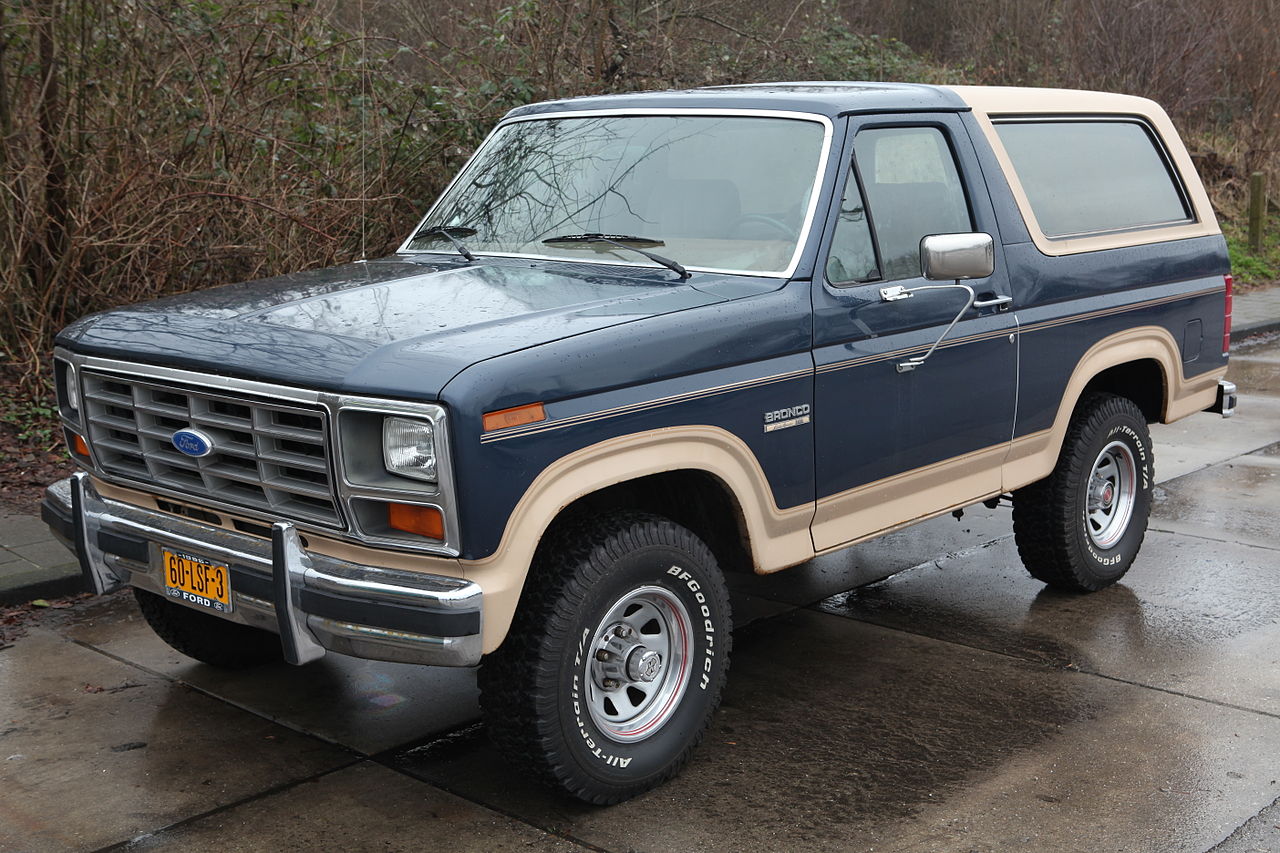 Joost J. Bakker, CC BY 2.0, Wikimedia Commons
Joost J. Bakker, CC BY 2.0, Wikimedia Commons
Mini Cooper
The Mini Cooper is perhaps the most iconic British car. Built by John Cooper in 1961, the Mini Cooper used to be called the Morris Mini Cooper Mark I. Used across the racing and non-racing world in the UK in the 1960s and 1970s, the Cooper became an icon of everything British and Britain. It ceased production in 2000 and the very last Mini Cooper rolled off the production line in 2012.
 Mark Brown, CC BY-SA 2.0, Wikimedia Commons
Mark Brown, CC BY-SA 2.0, Wikimedia Commons
Ford Crown Victoria
Easily America's most iconic police vehicle of all time, the Crown Vic was released in 1992 as a family car and four-door sedan. The Ford Crown Victoria Interceptor was used by police departments across the United States and featured heavily in police television movies and shows throughout the 1990s and early 2000s.
The World's Most Forgettable Car?
From icons to those we'd rather forget existed. Let's go over one (there are several) of the world's least iconic, most forgettable vehicles. That would be the Cadillac Cimarron from 1982. Going for something, but premium (like the Mercedes' of the early 1980s), the Cadillac Cimarron swung for those illustrious fences and missed so staggeringly that it almost killed the company.
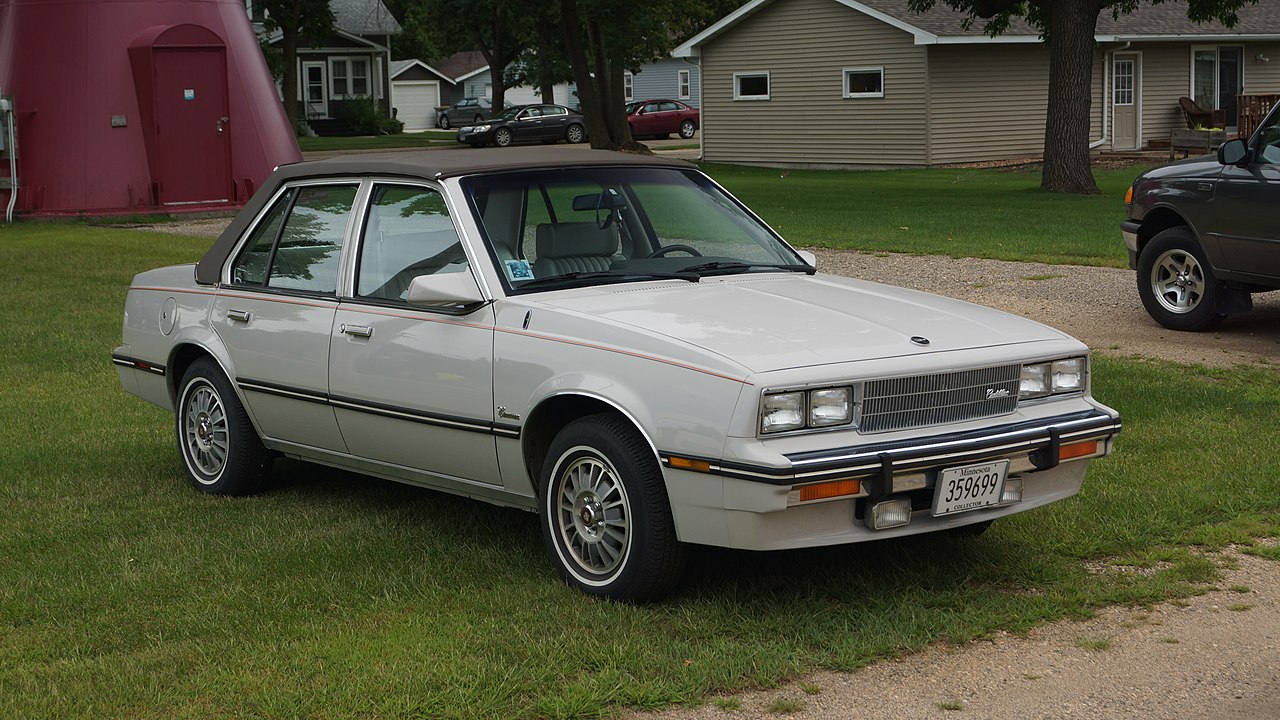 Greg Gjerdingen, CC BY 2.0, Wikimedia Commons
Greg Gjerdingen, CC BY 2.0, Wikimedia Commons

